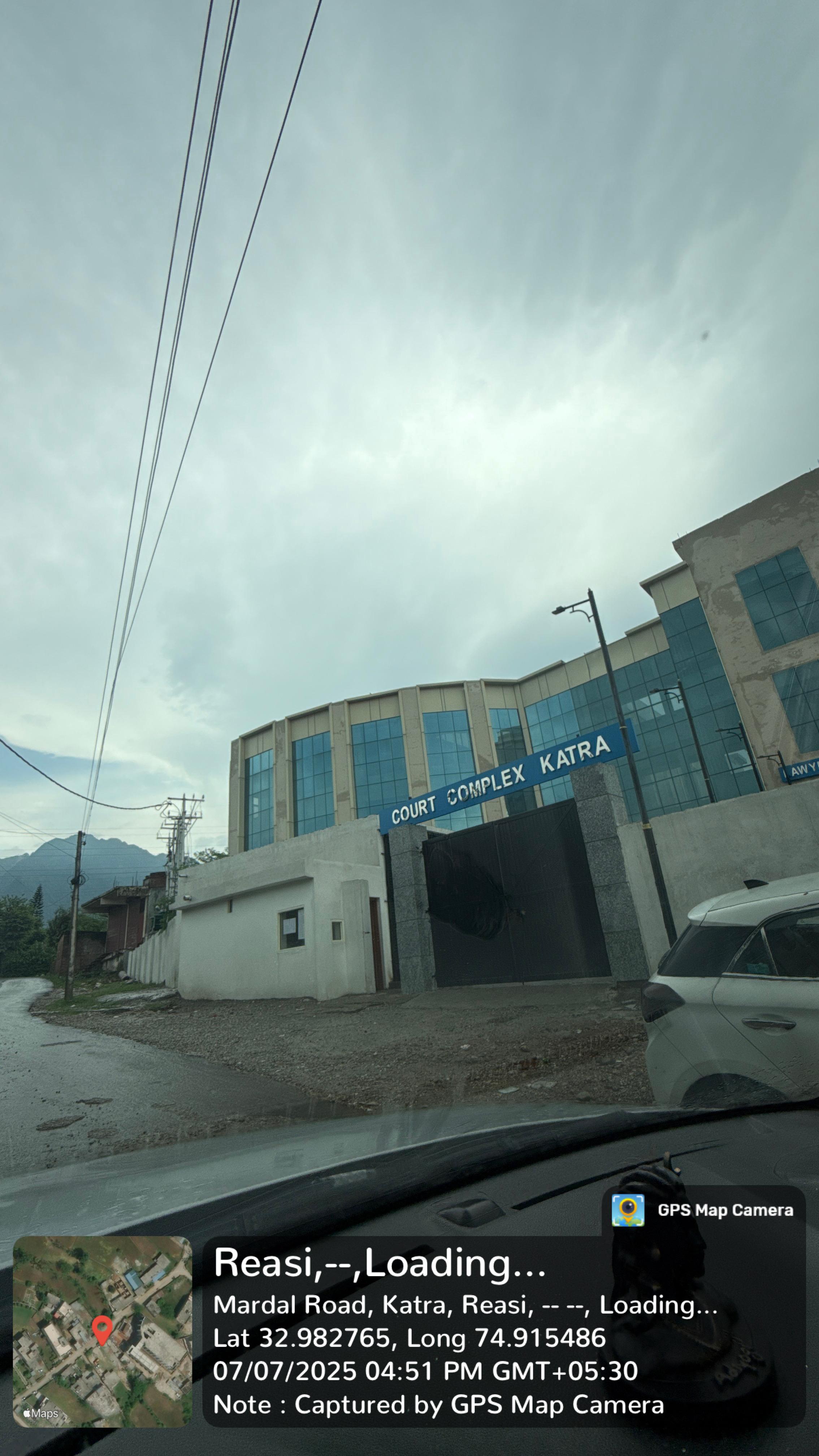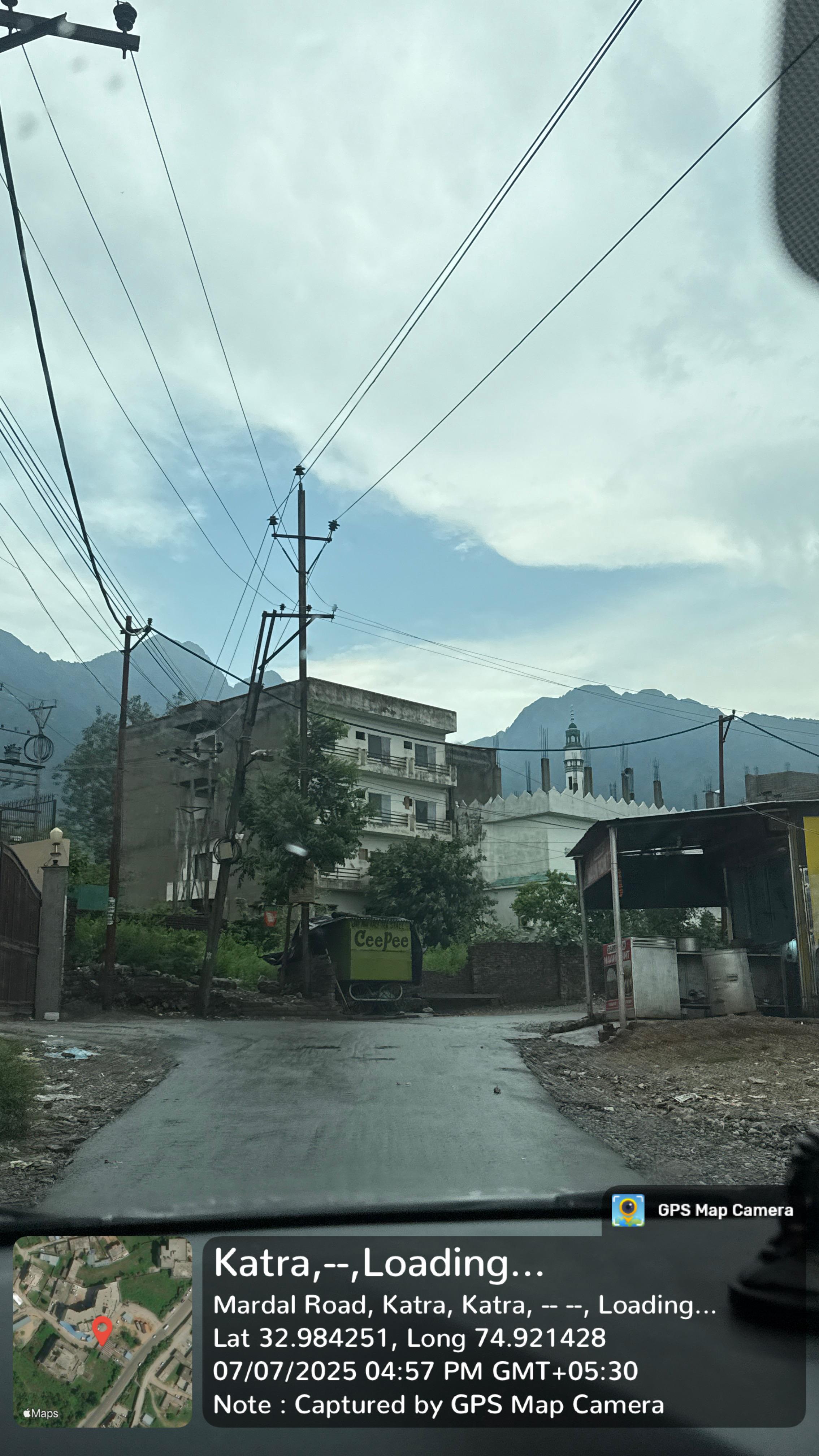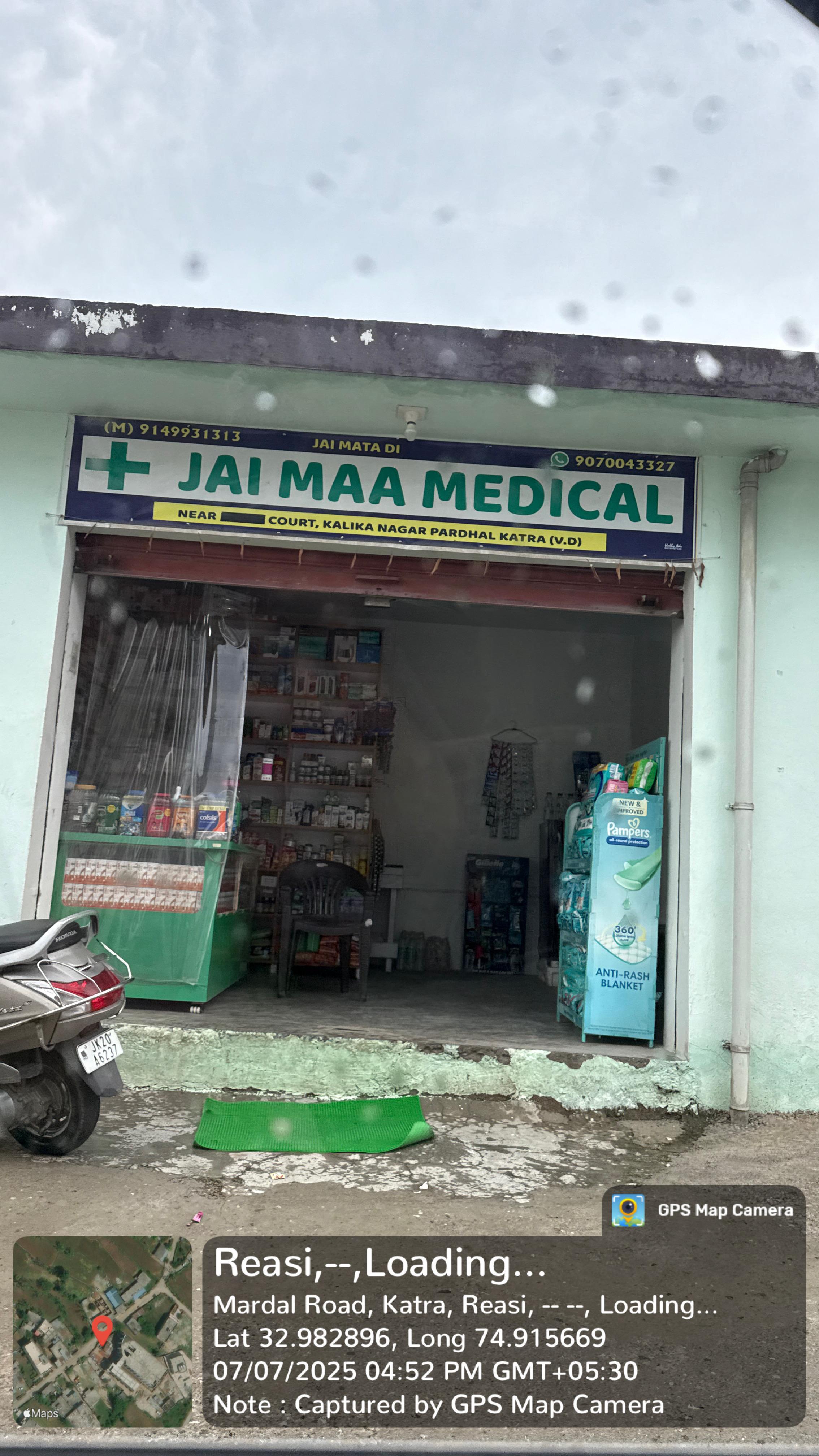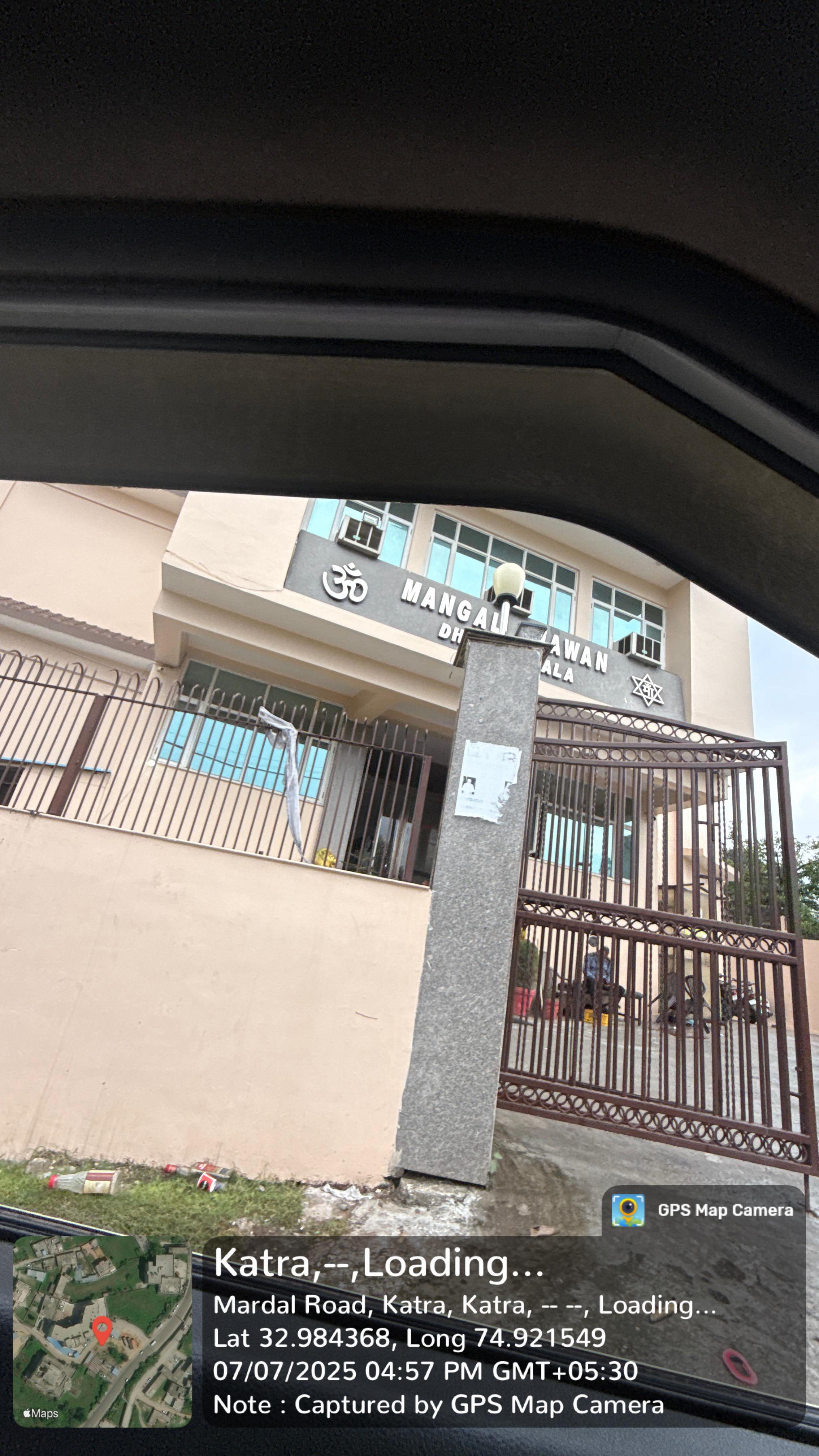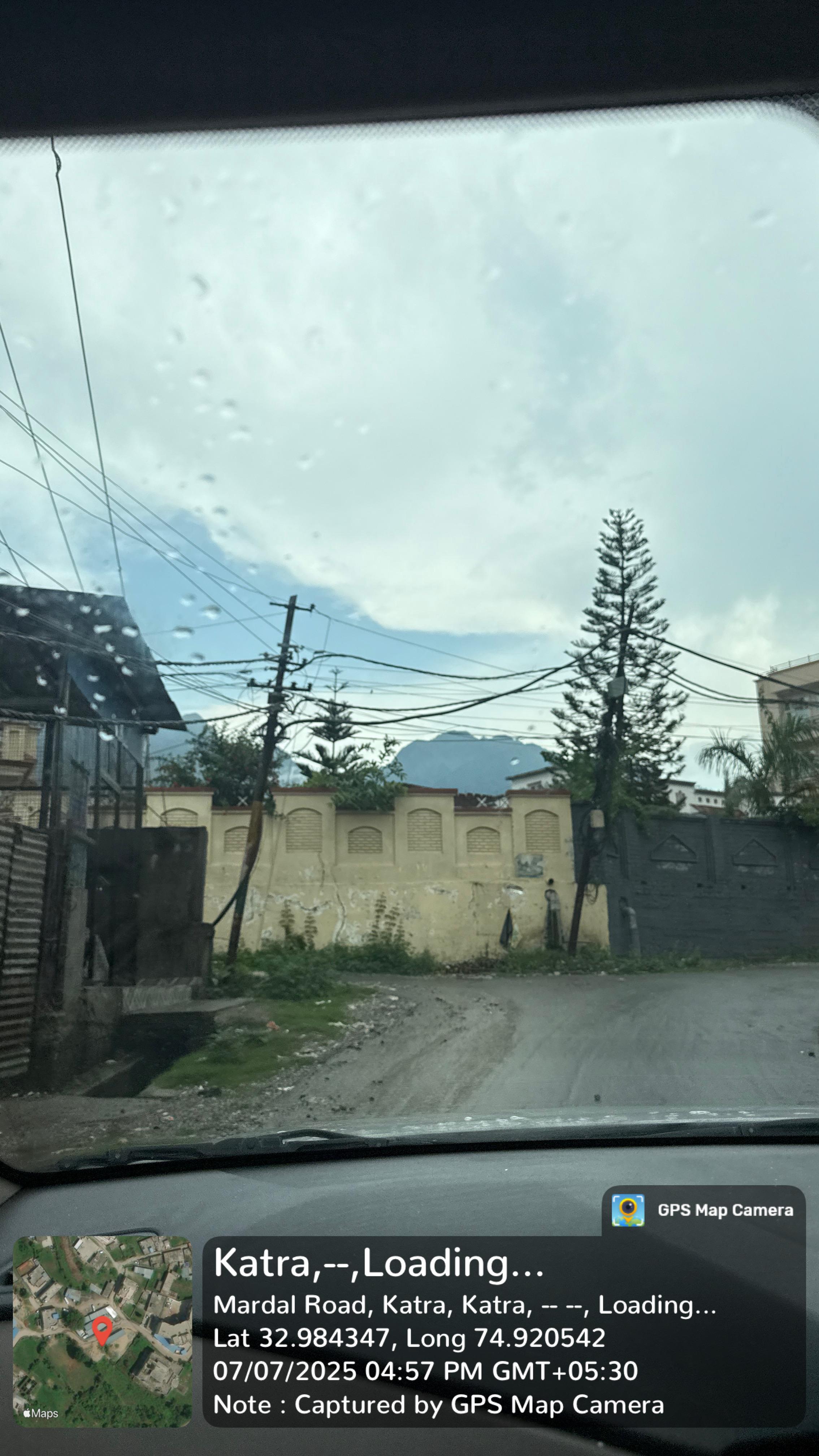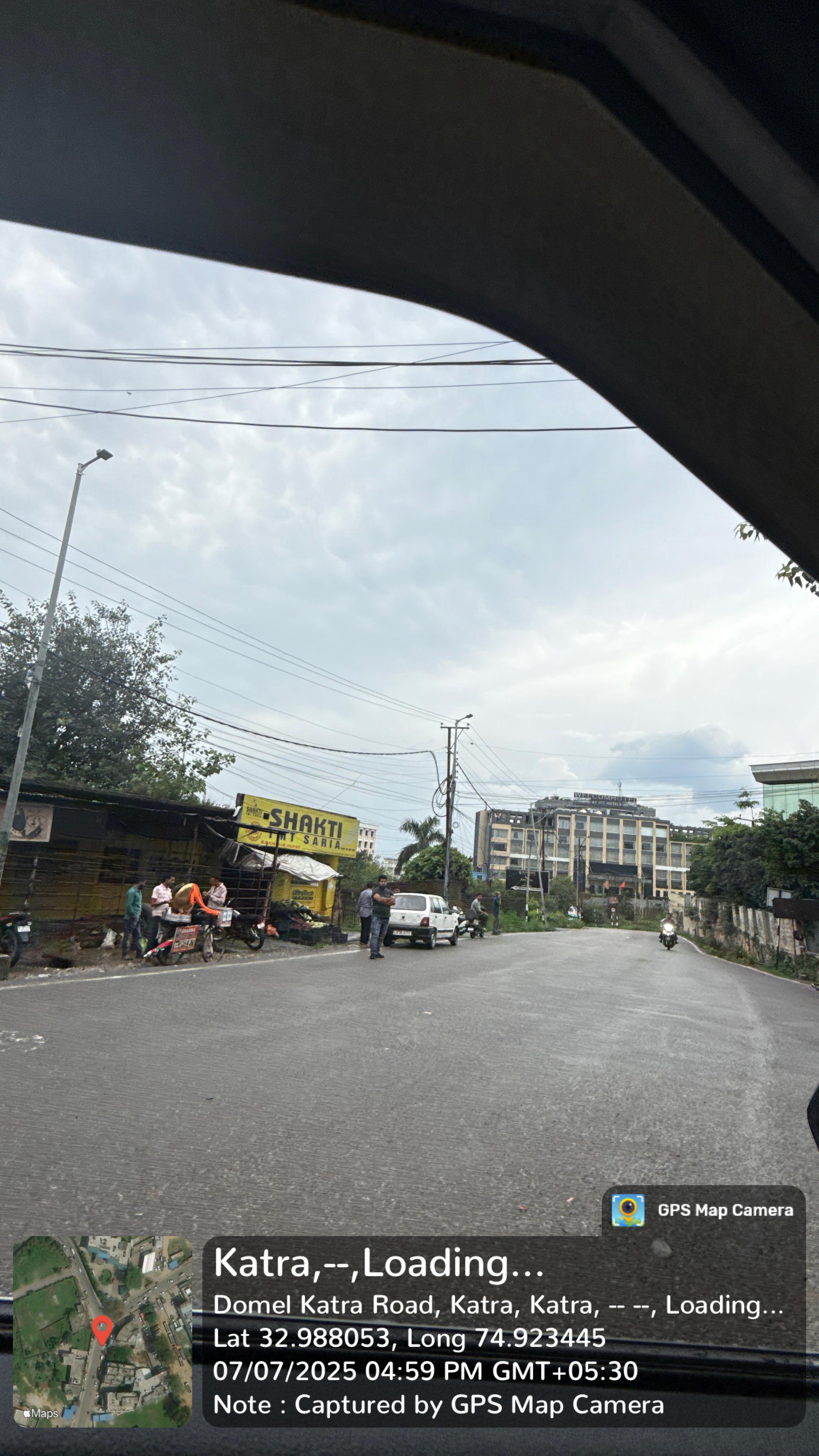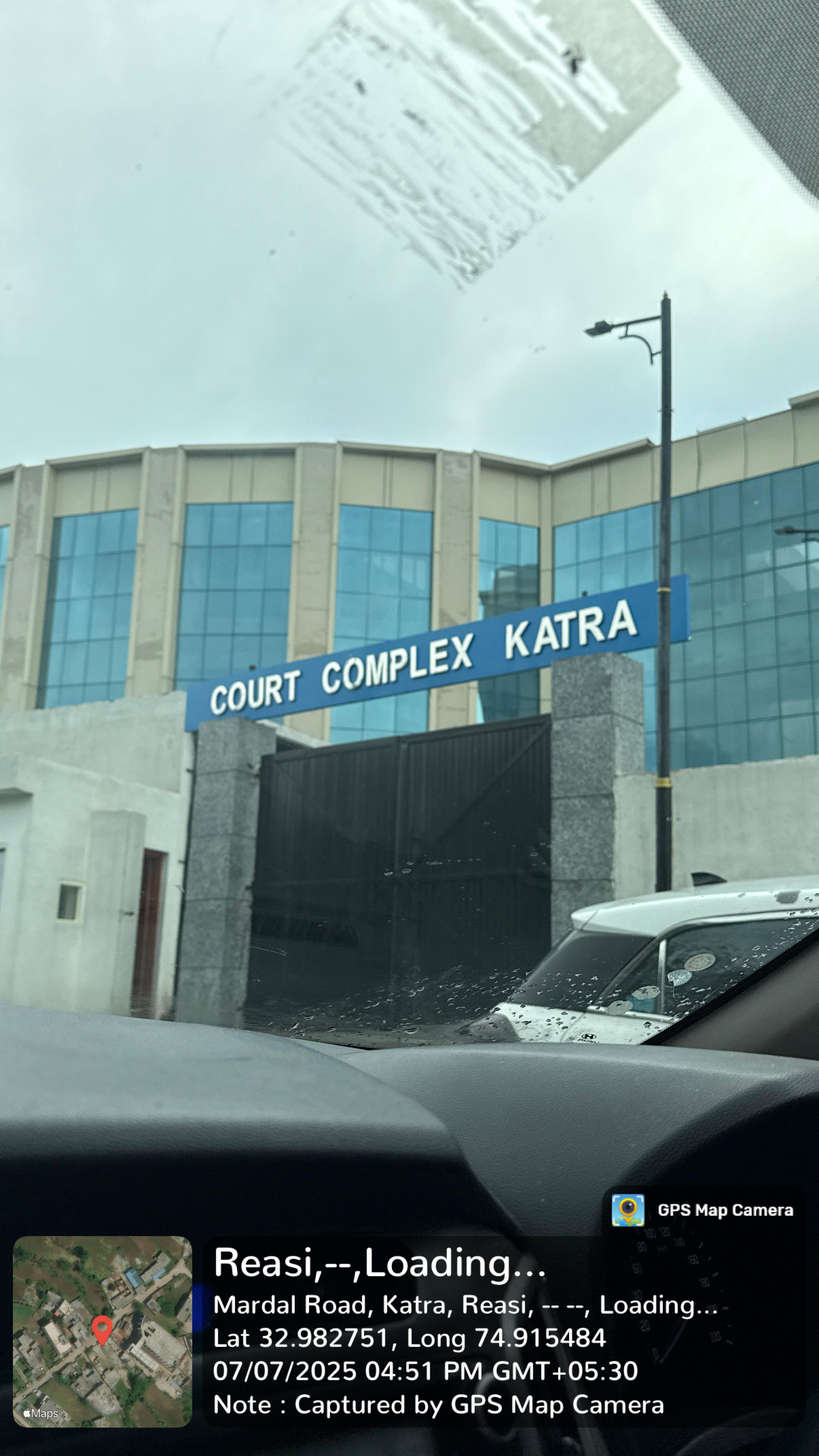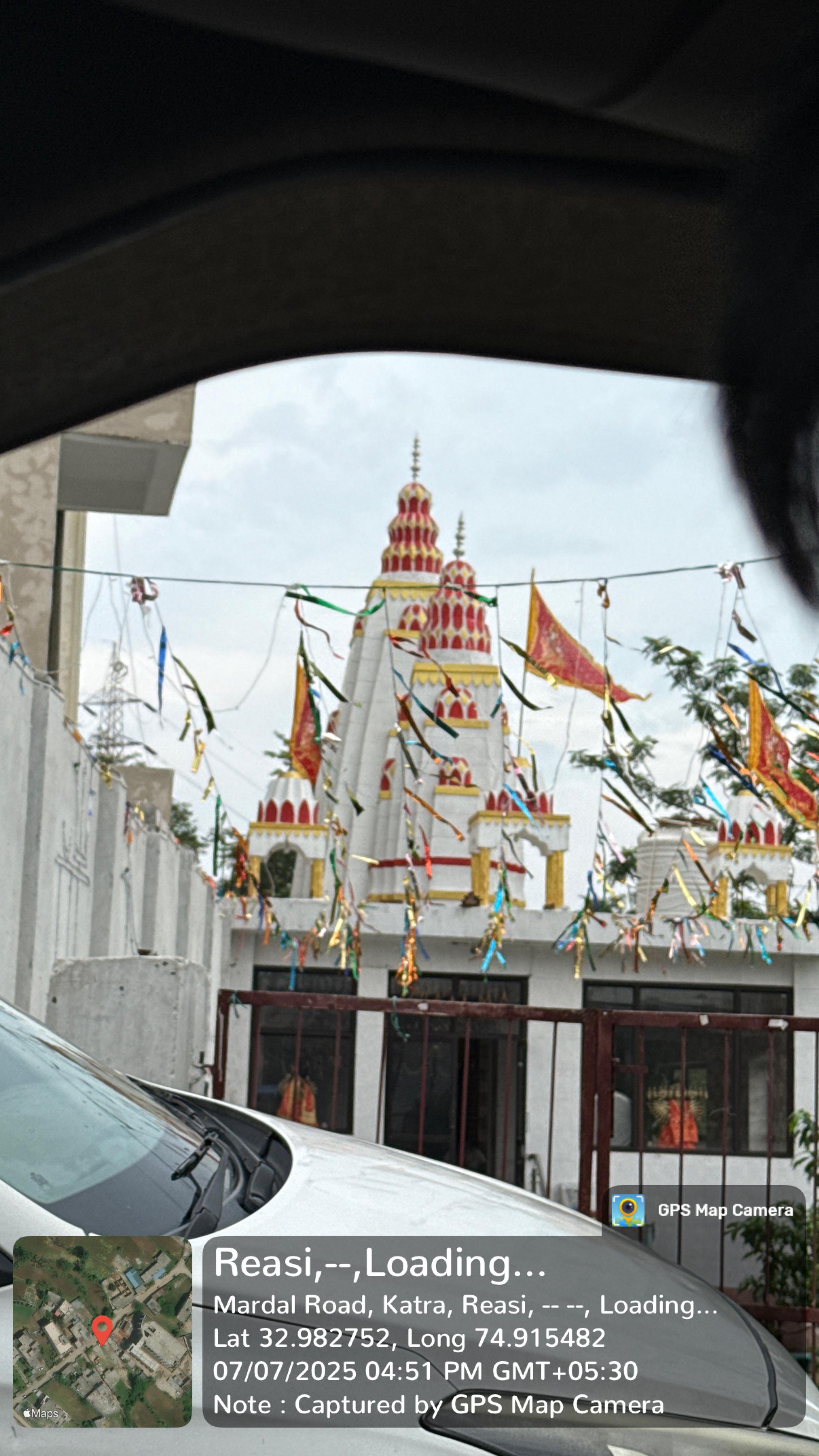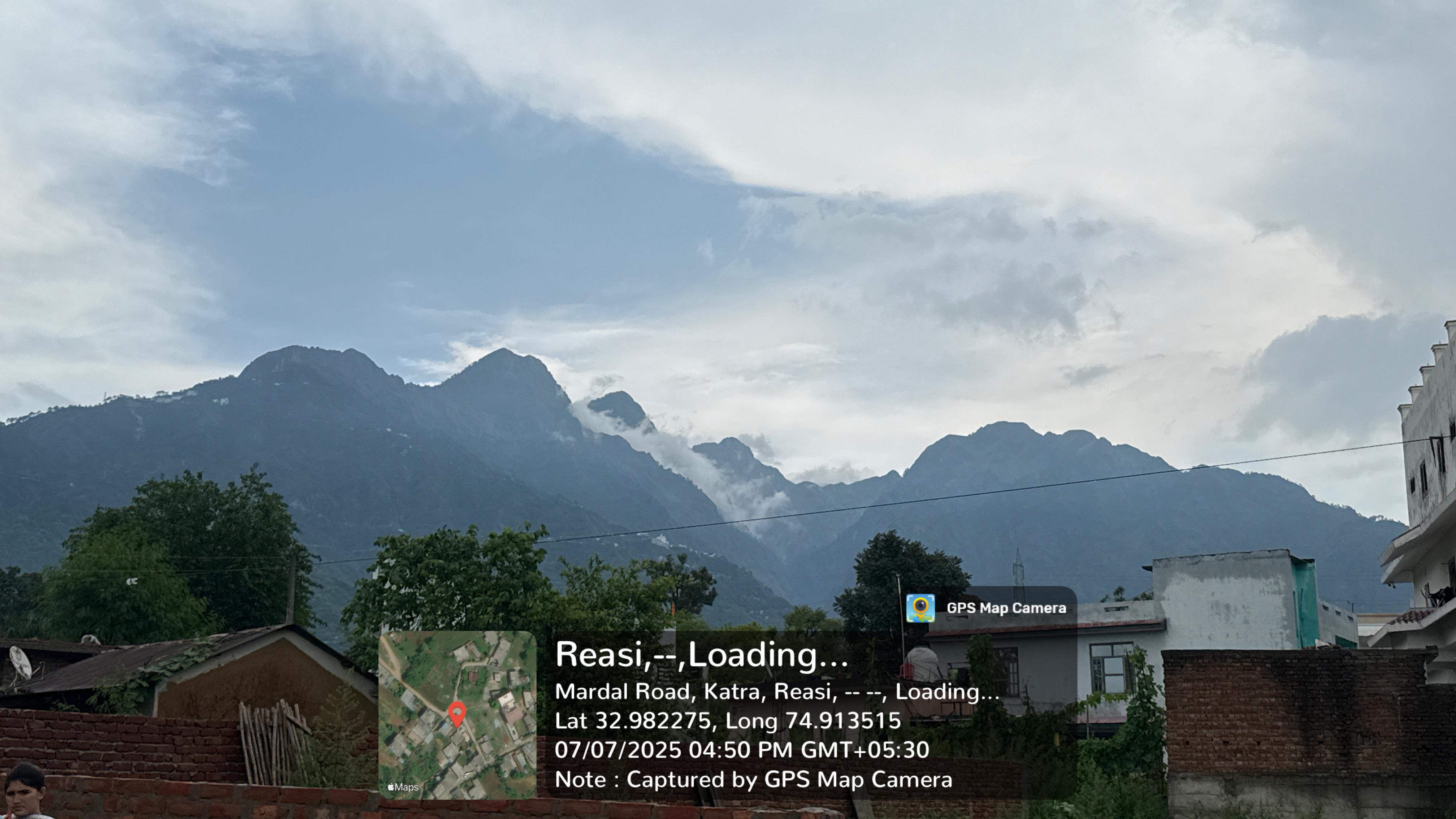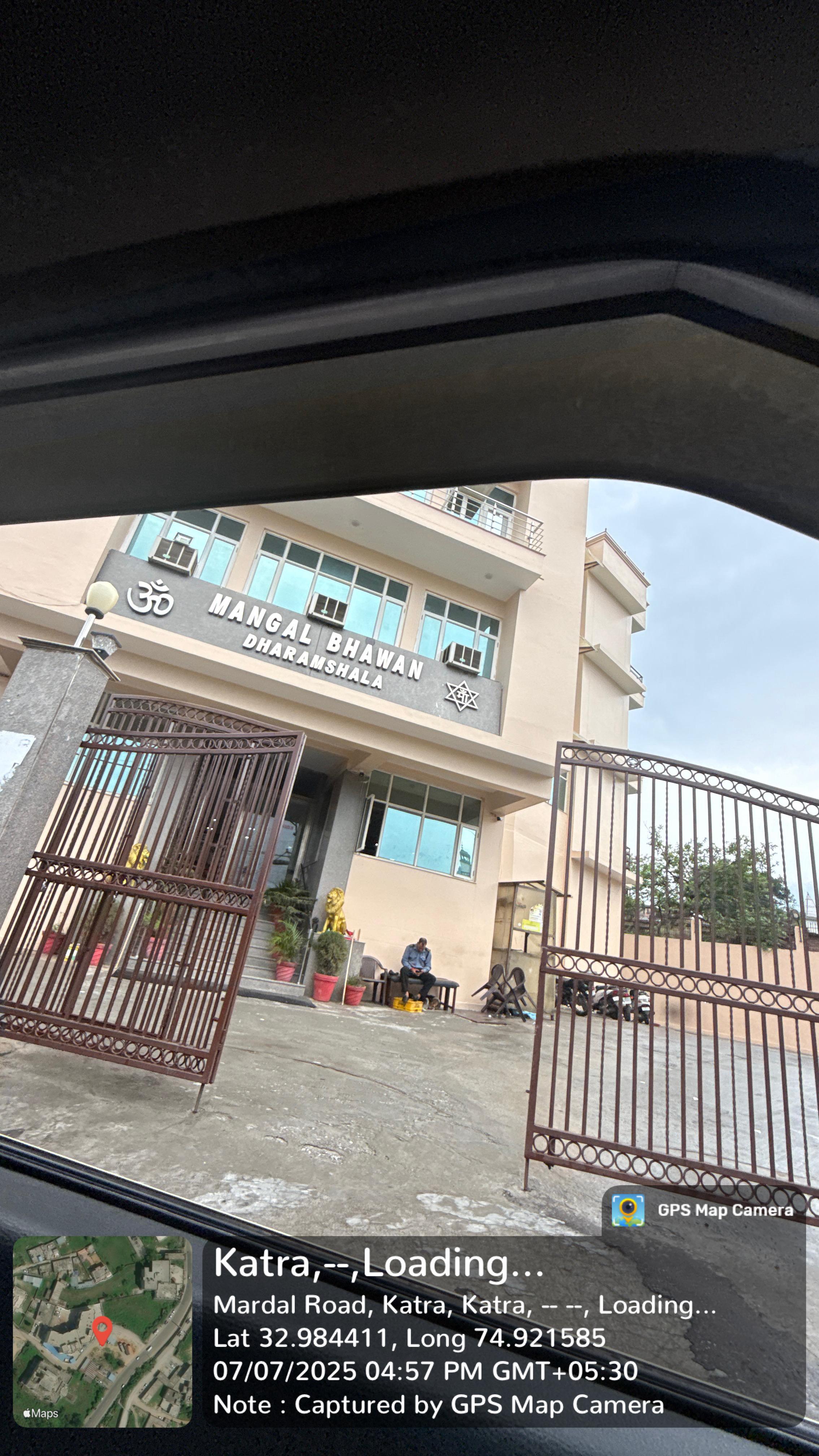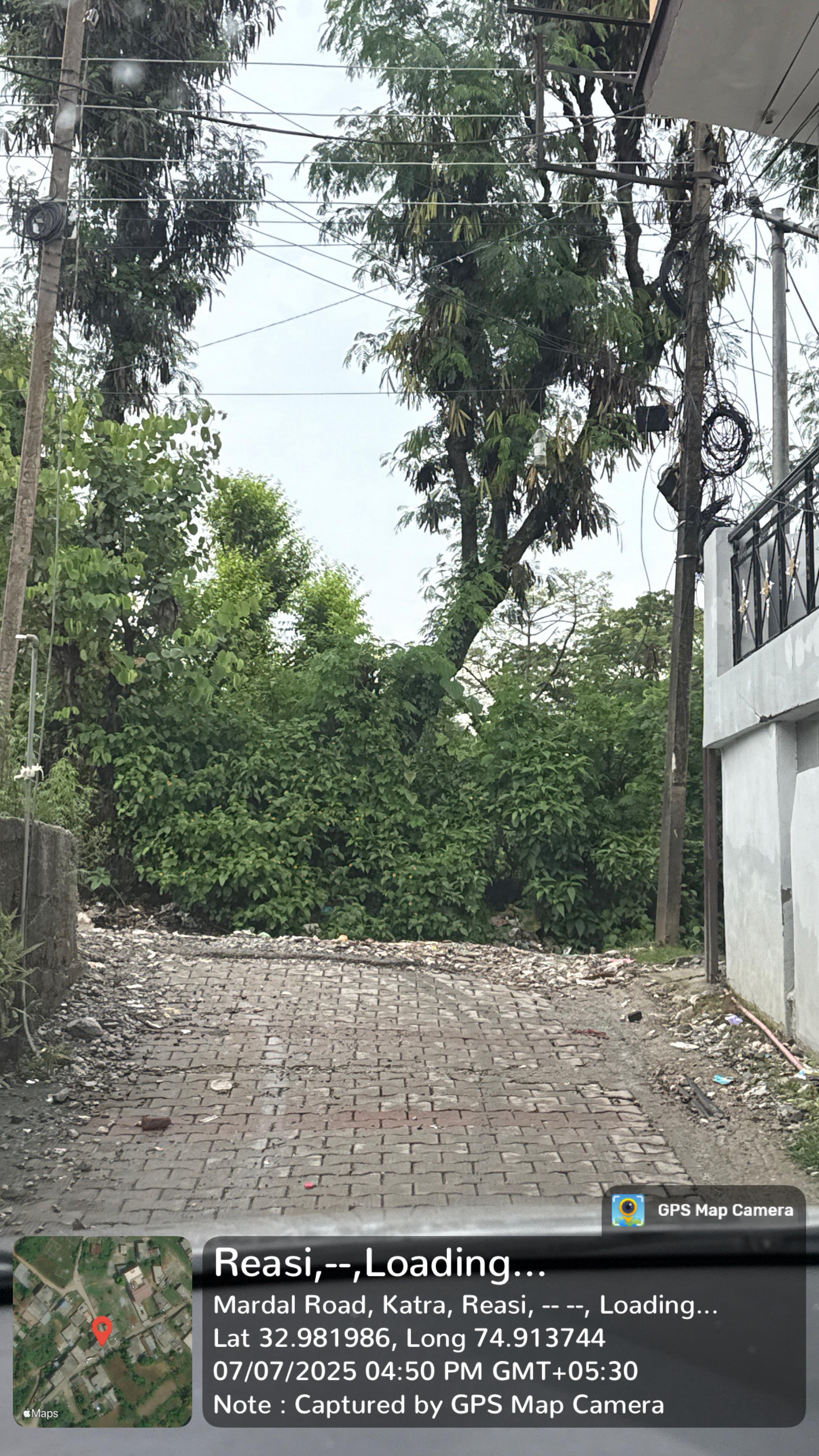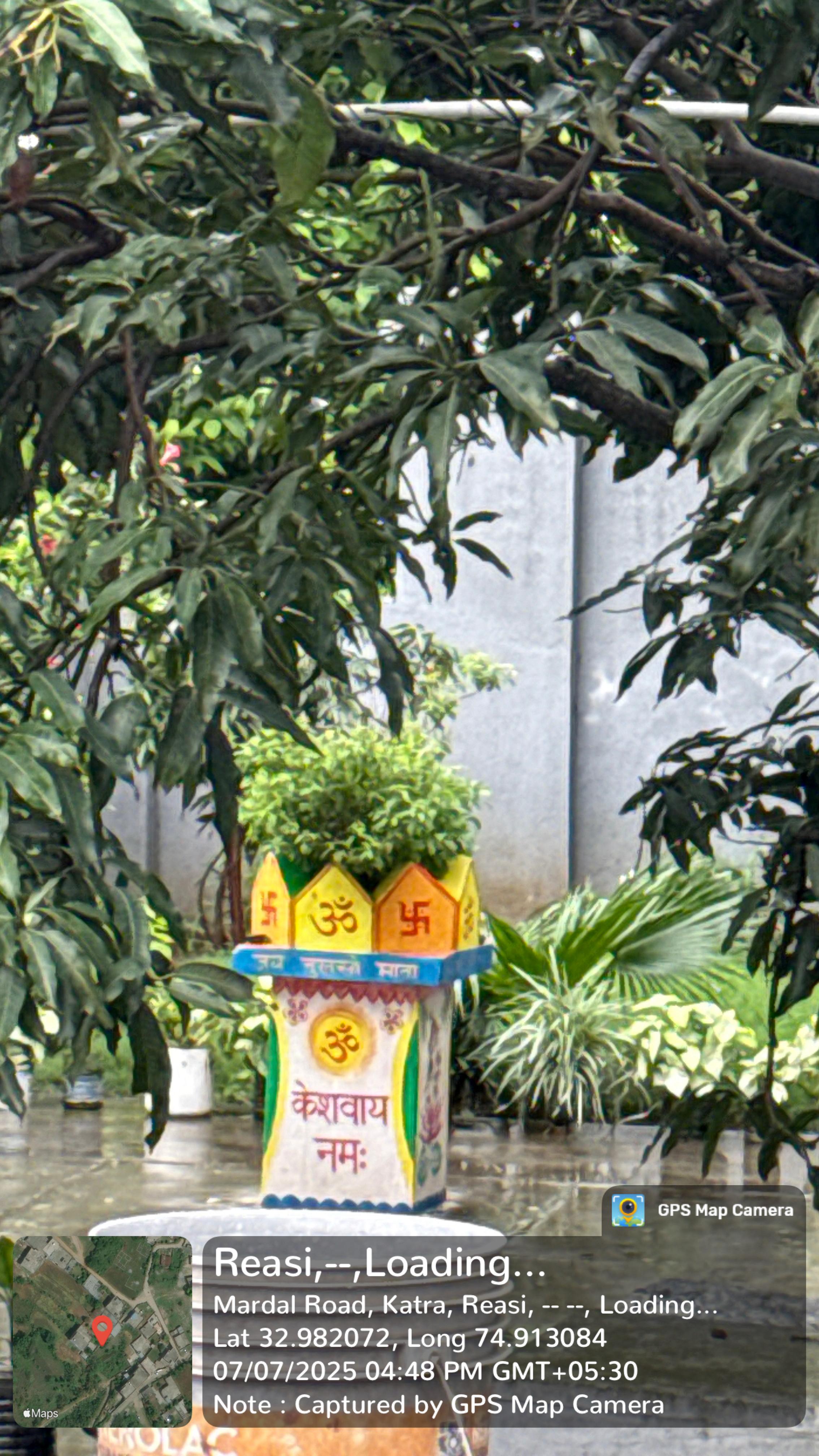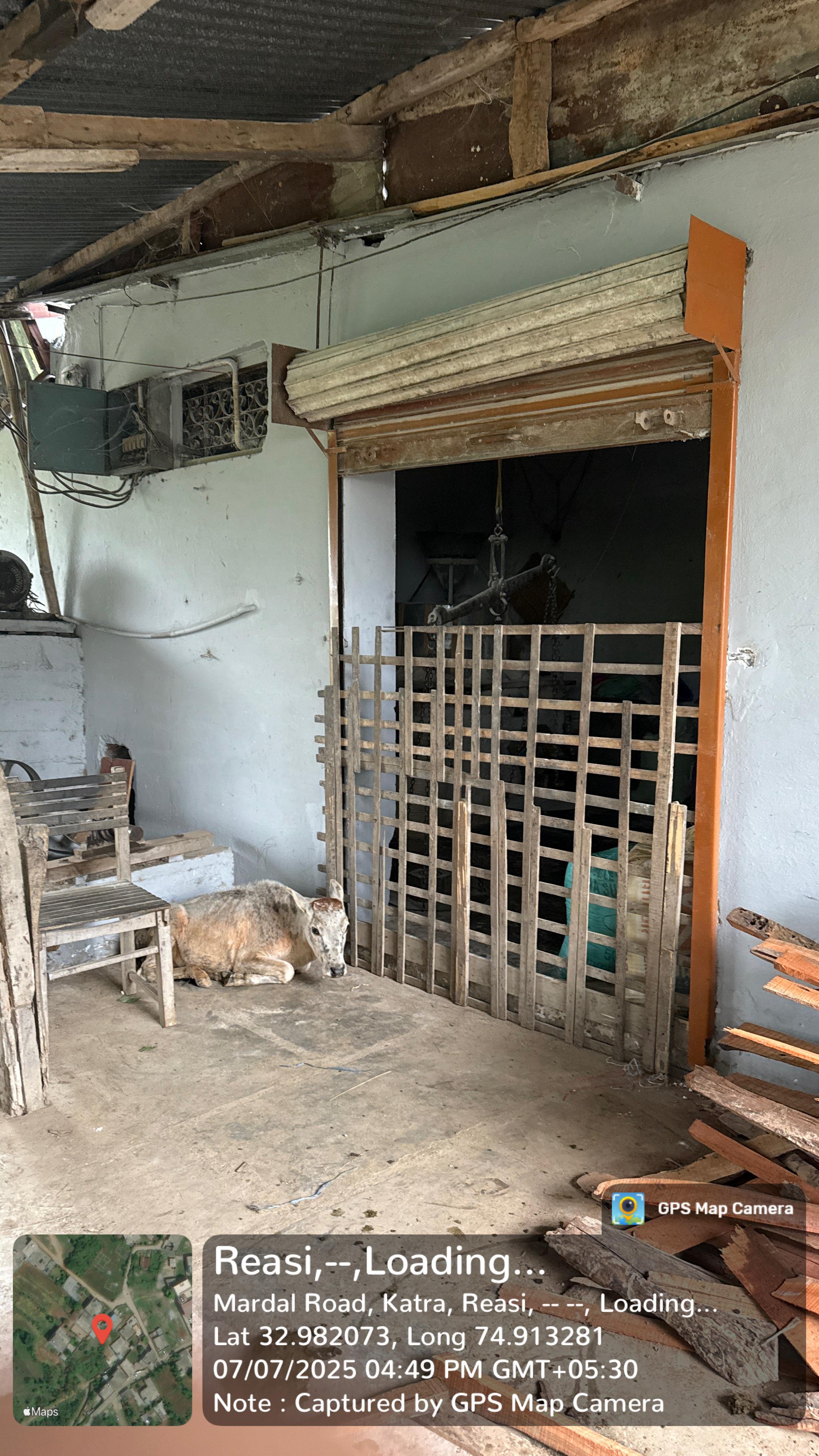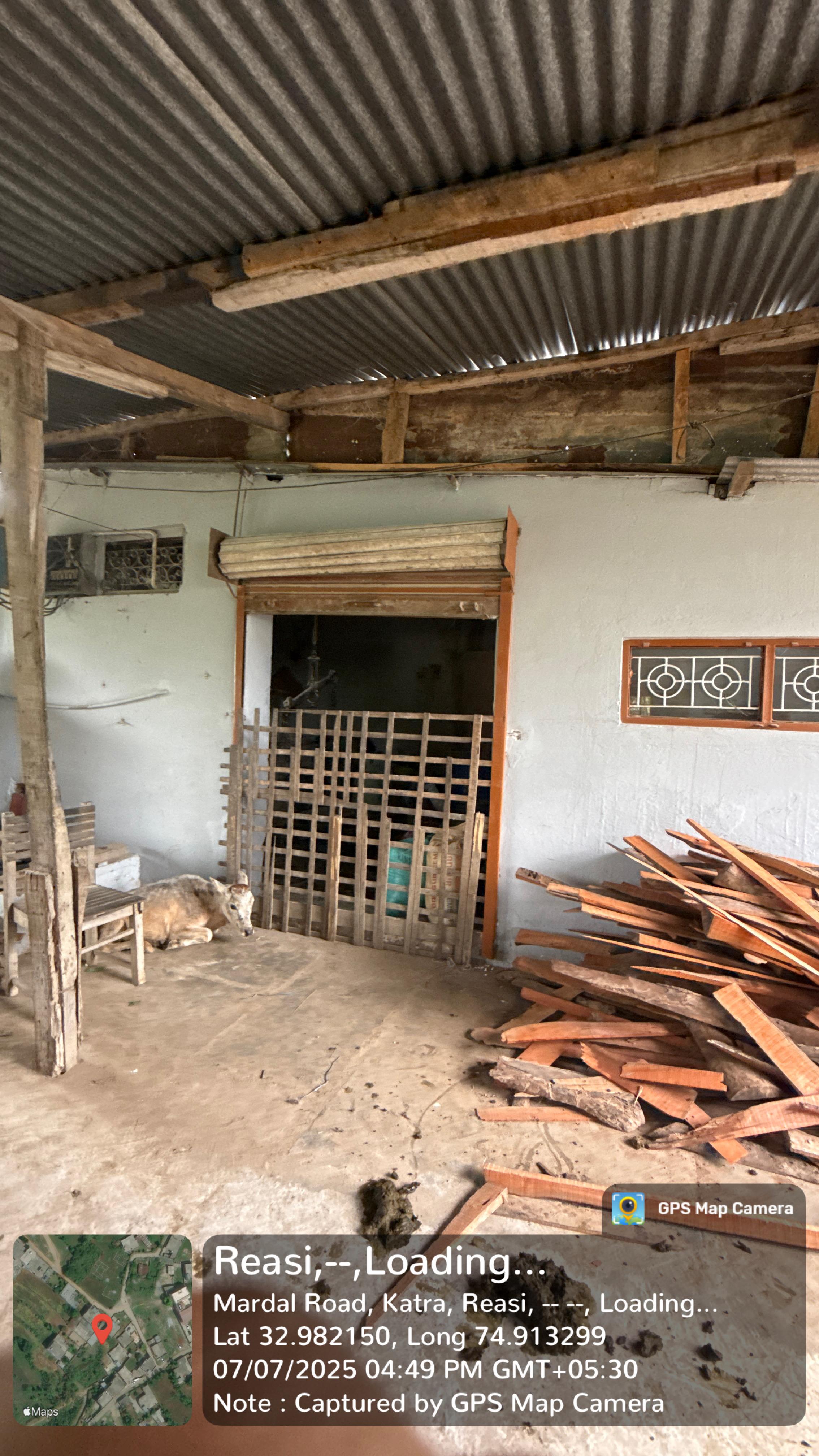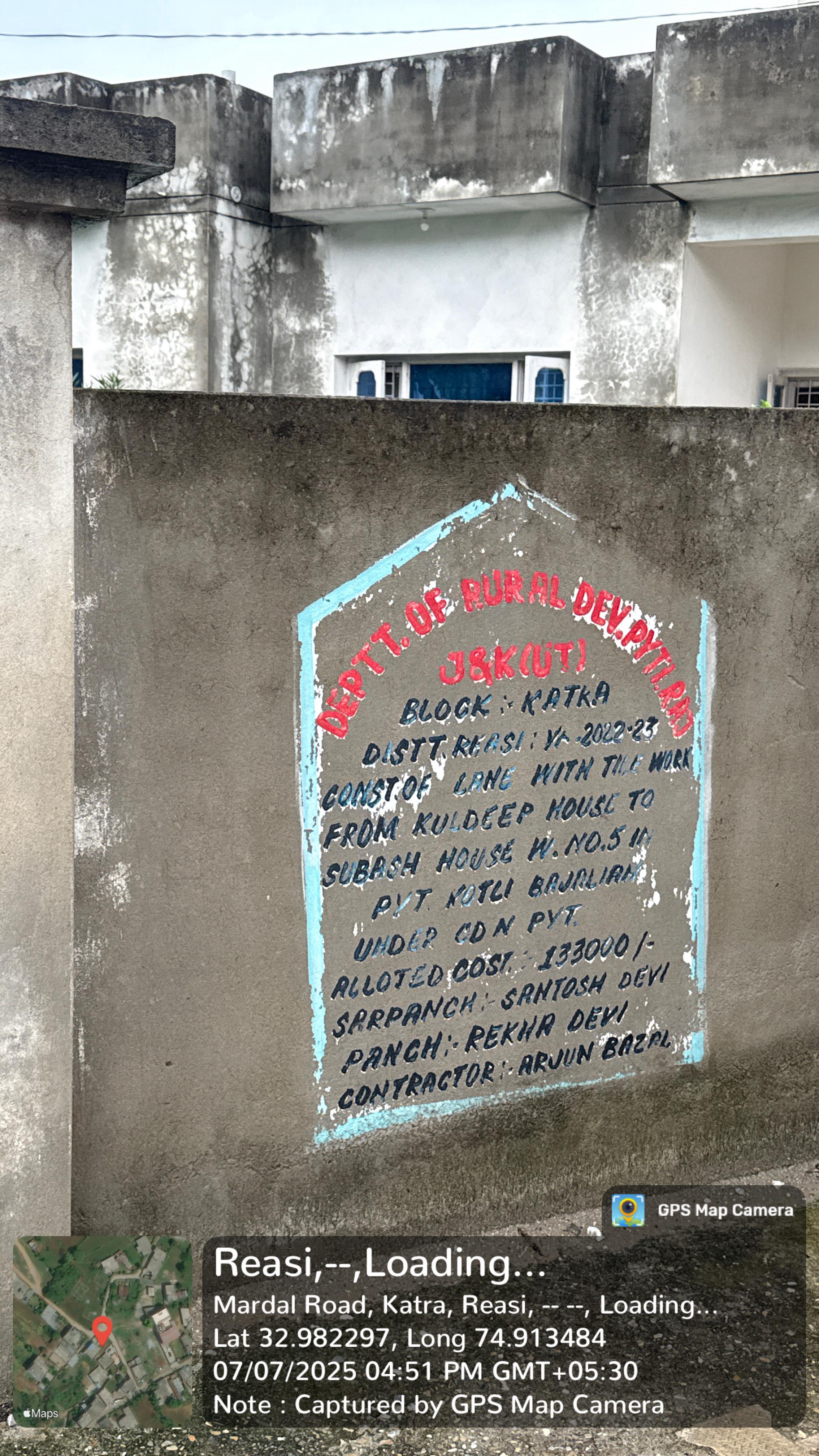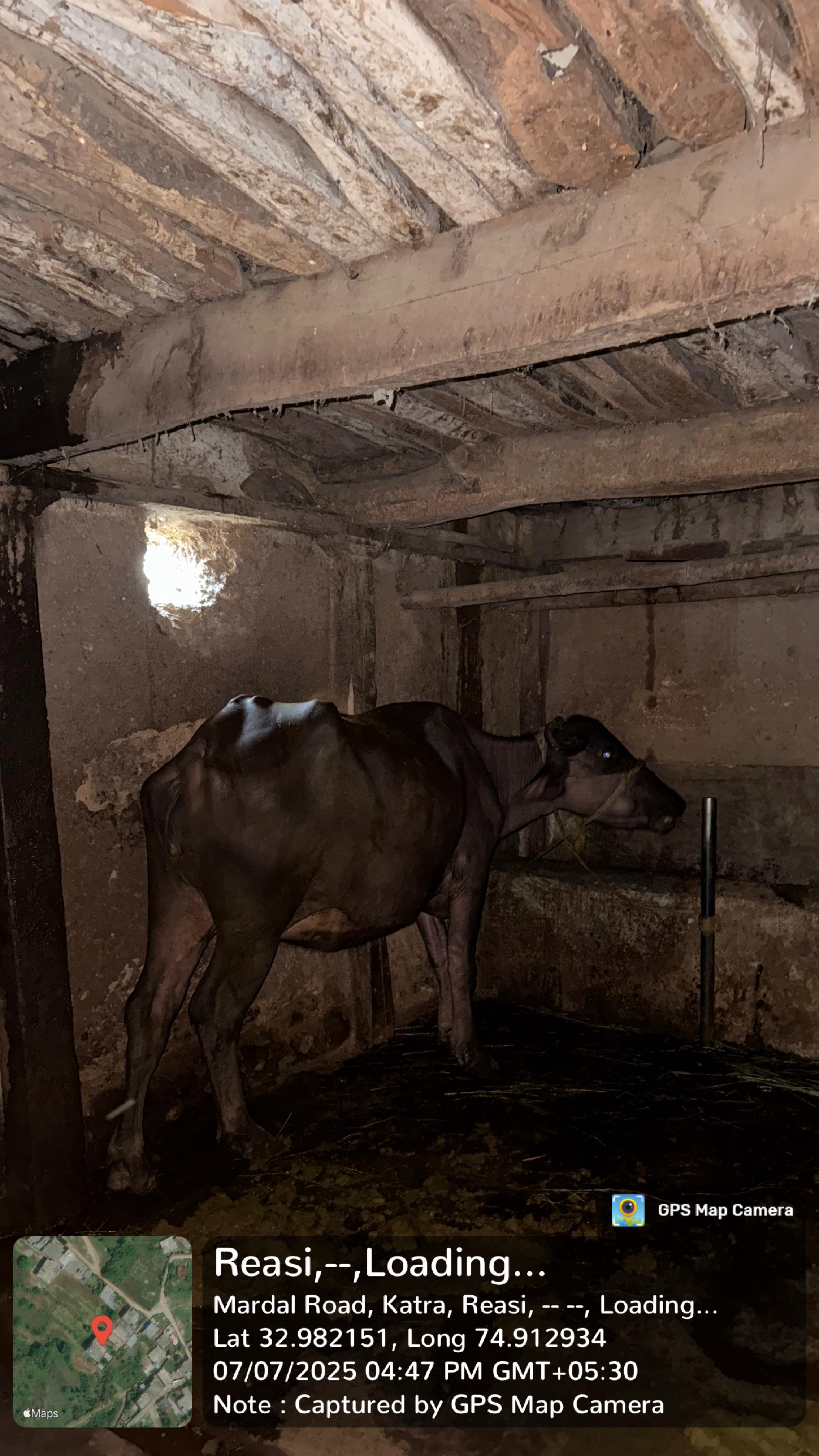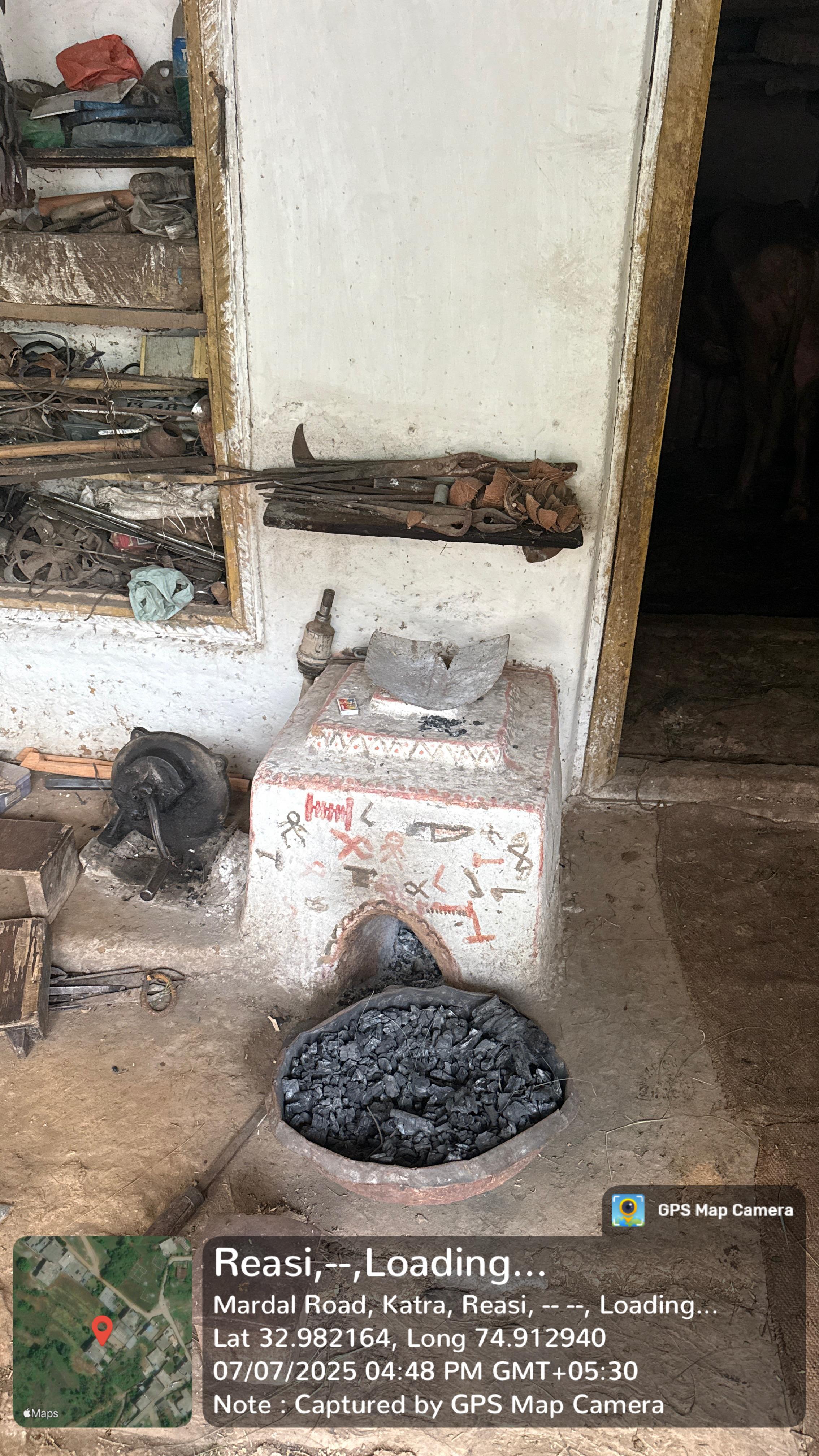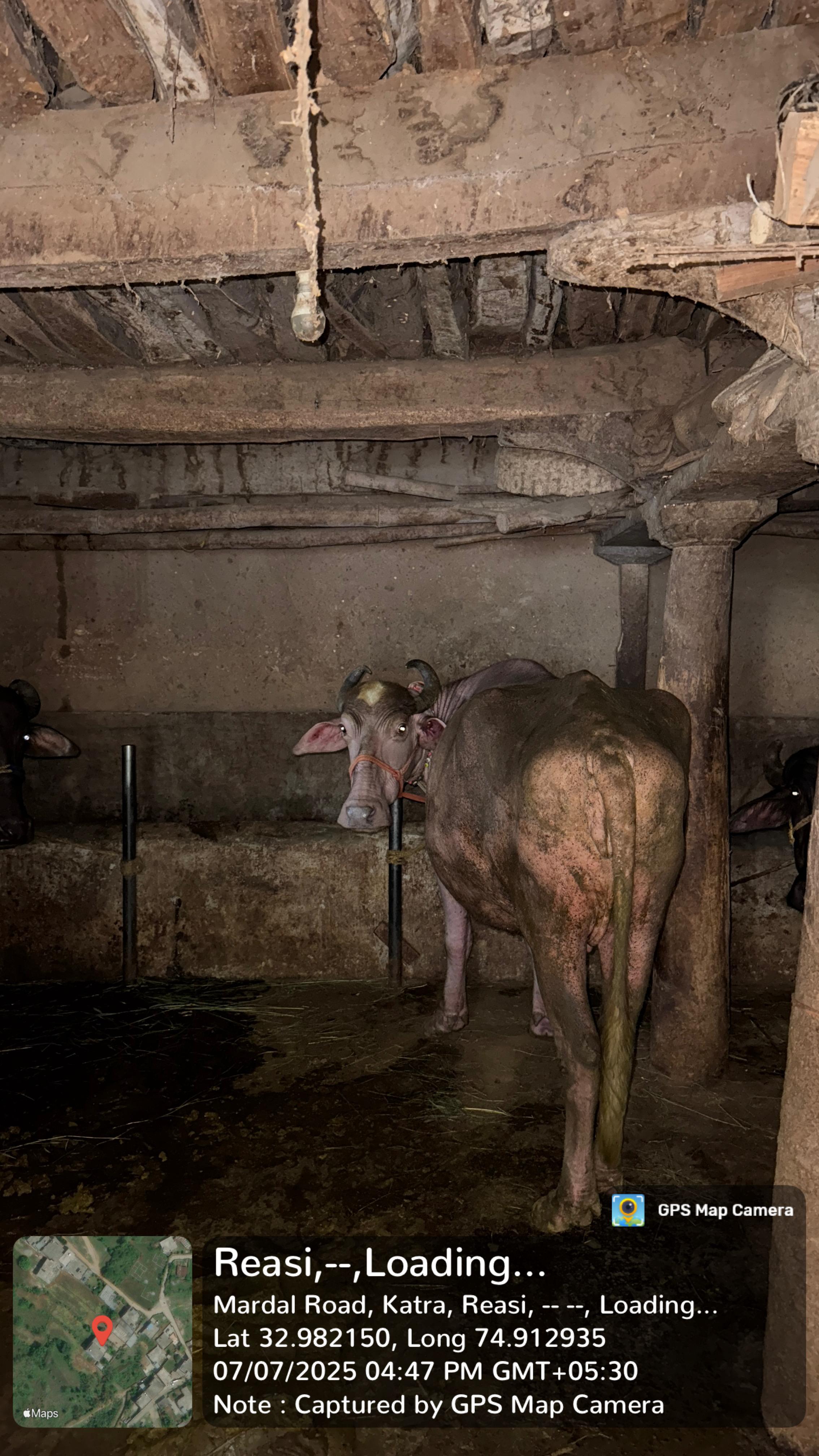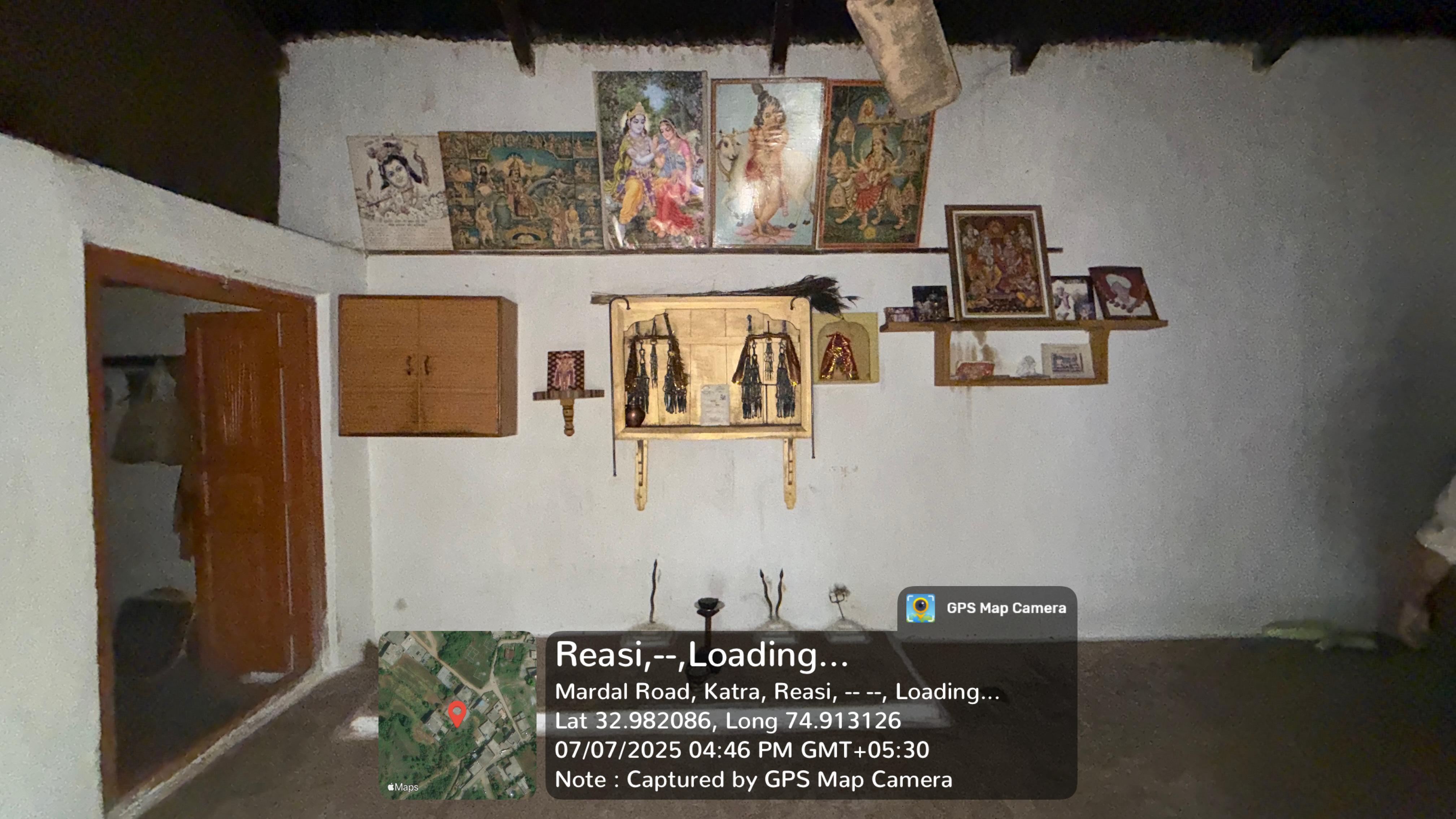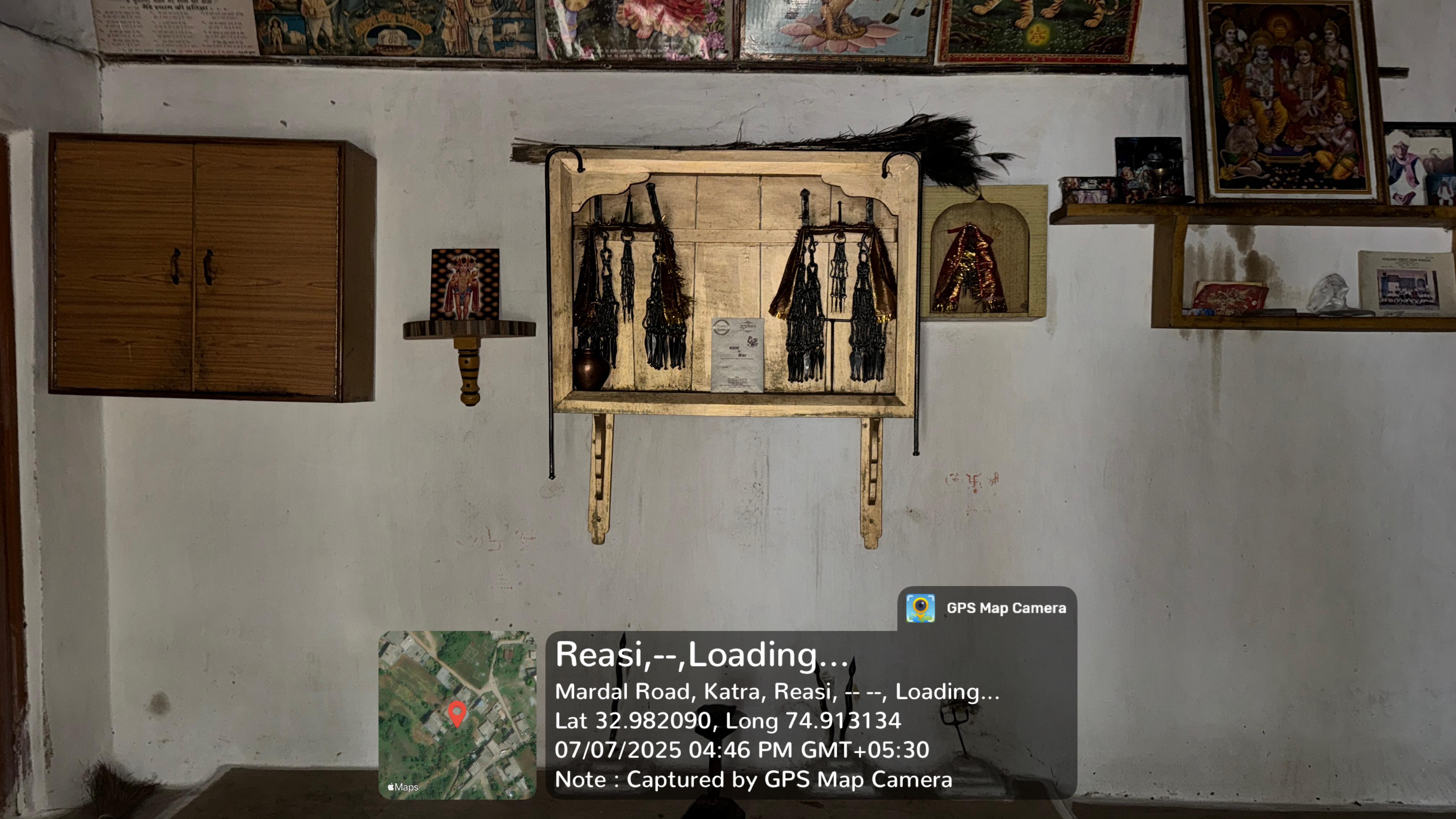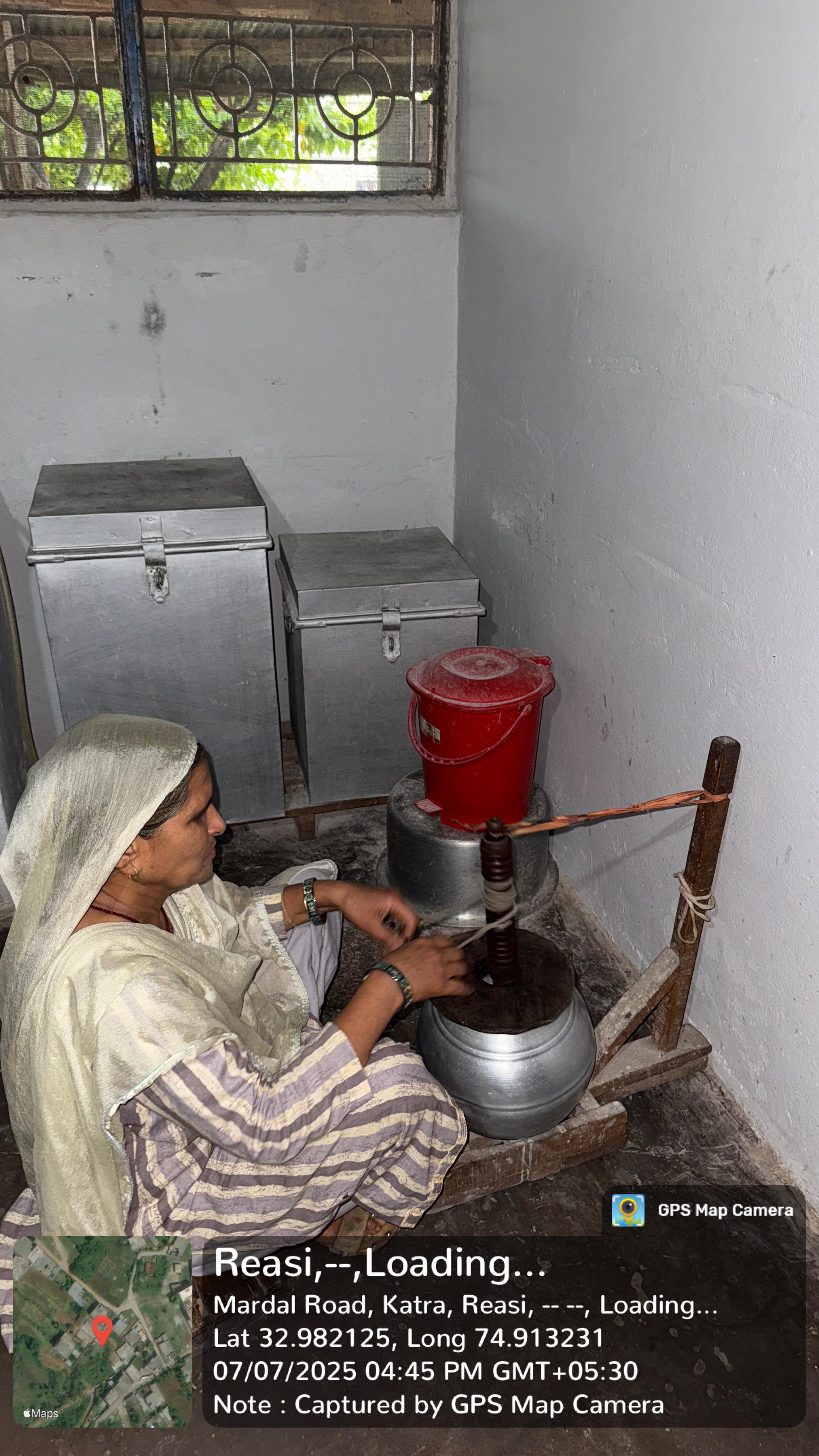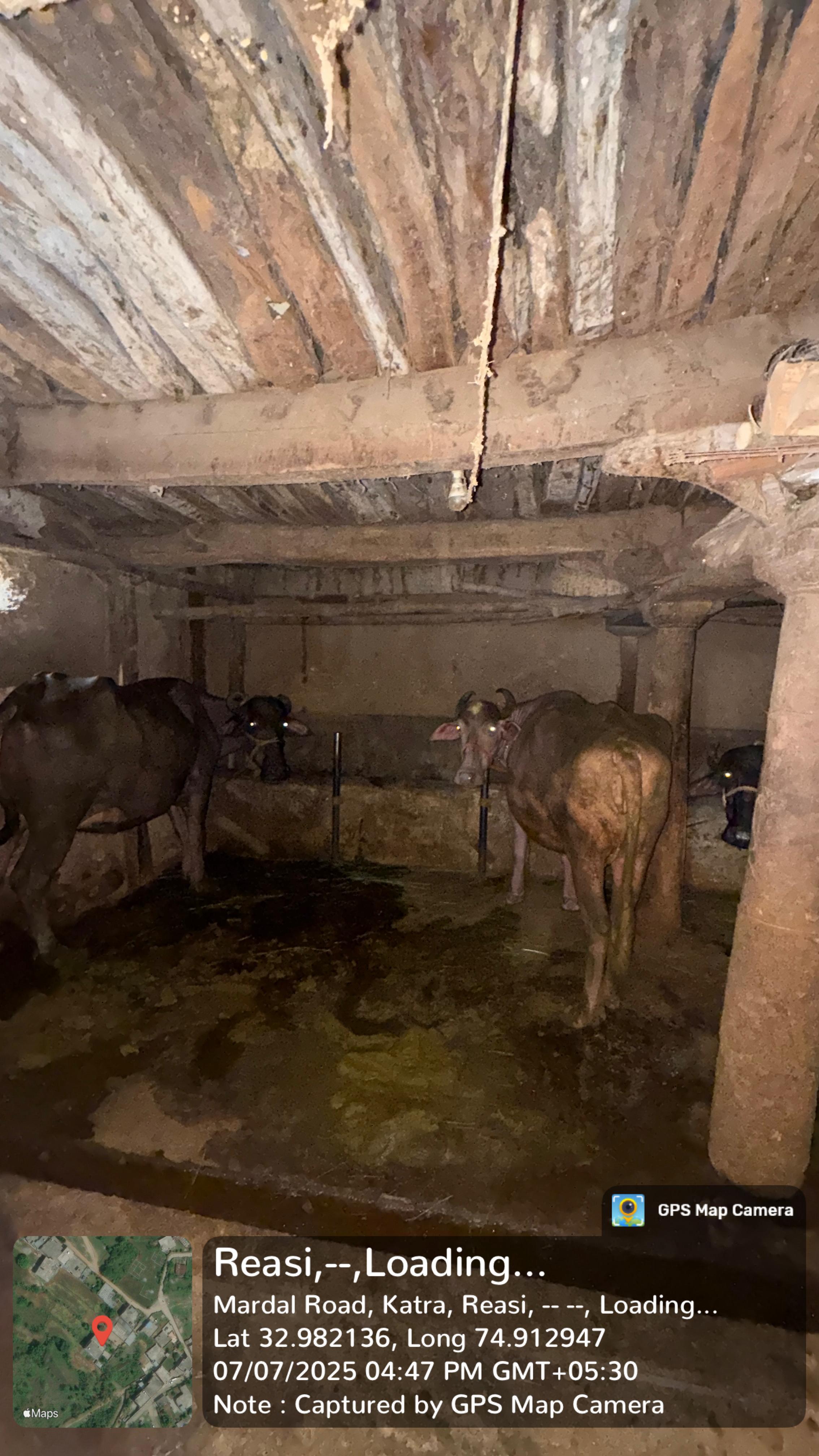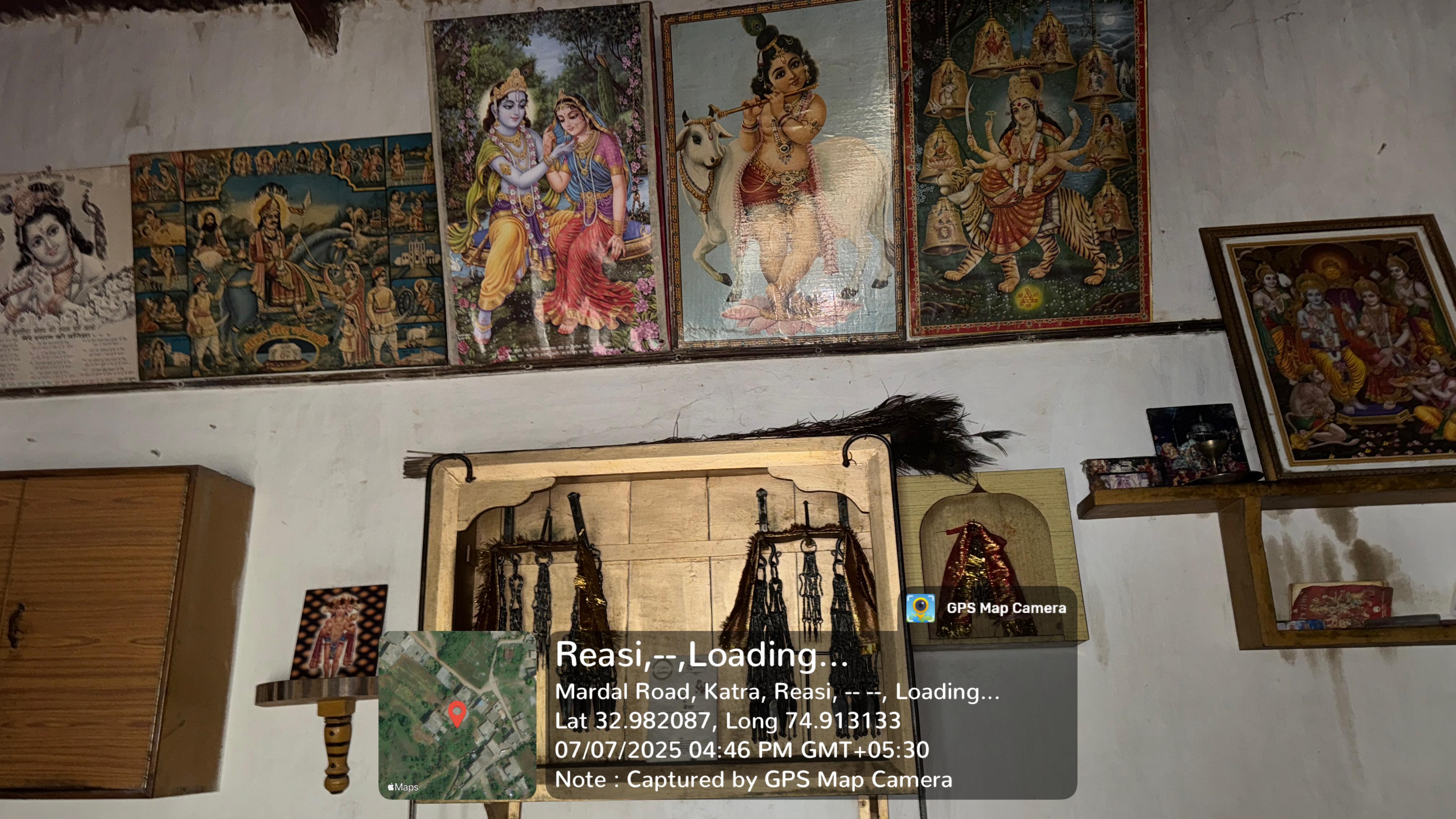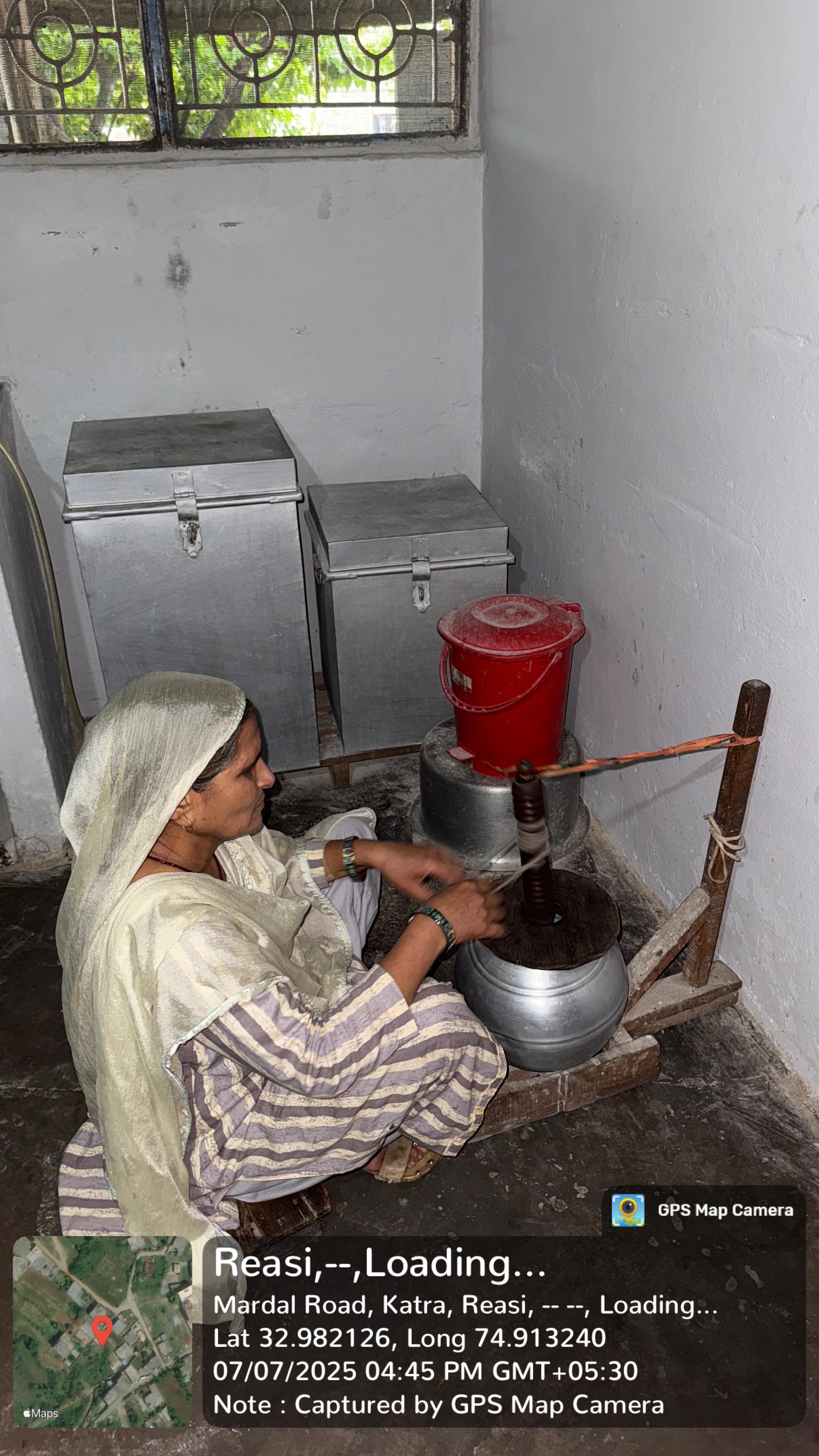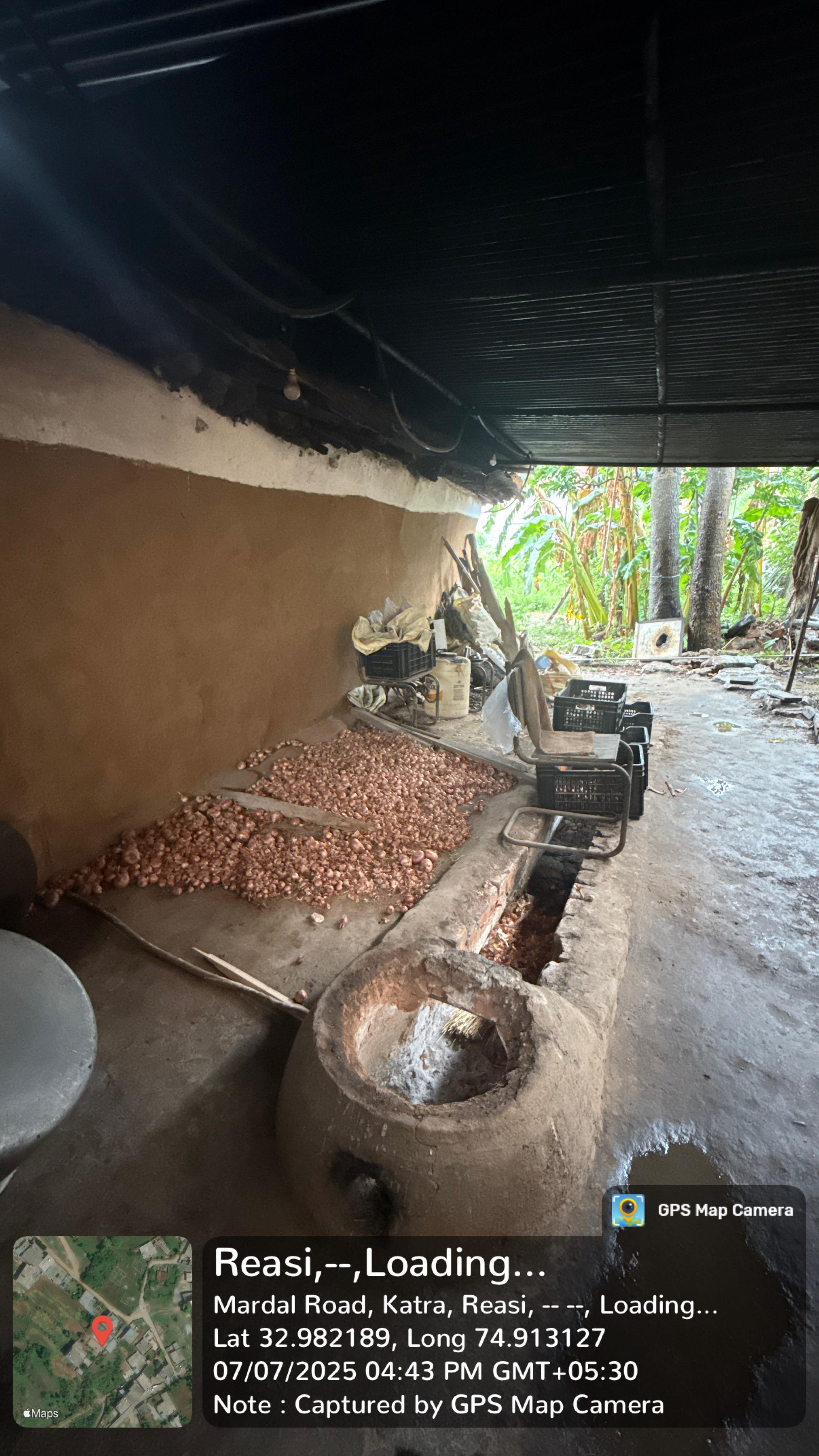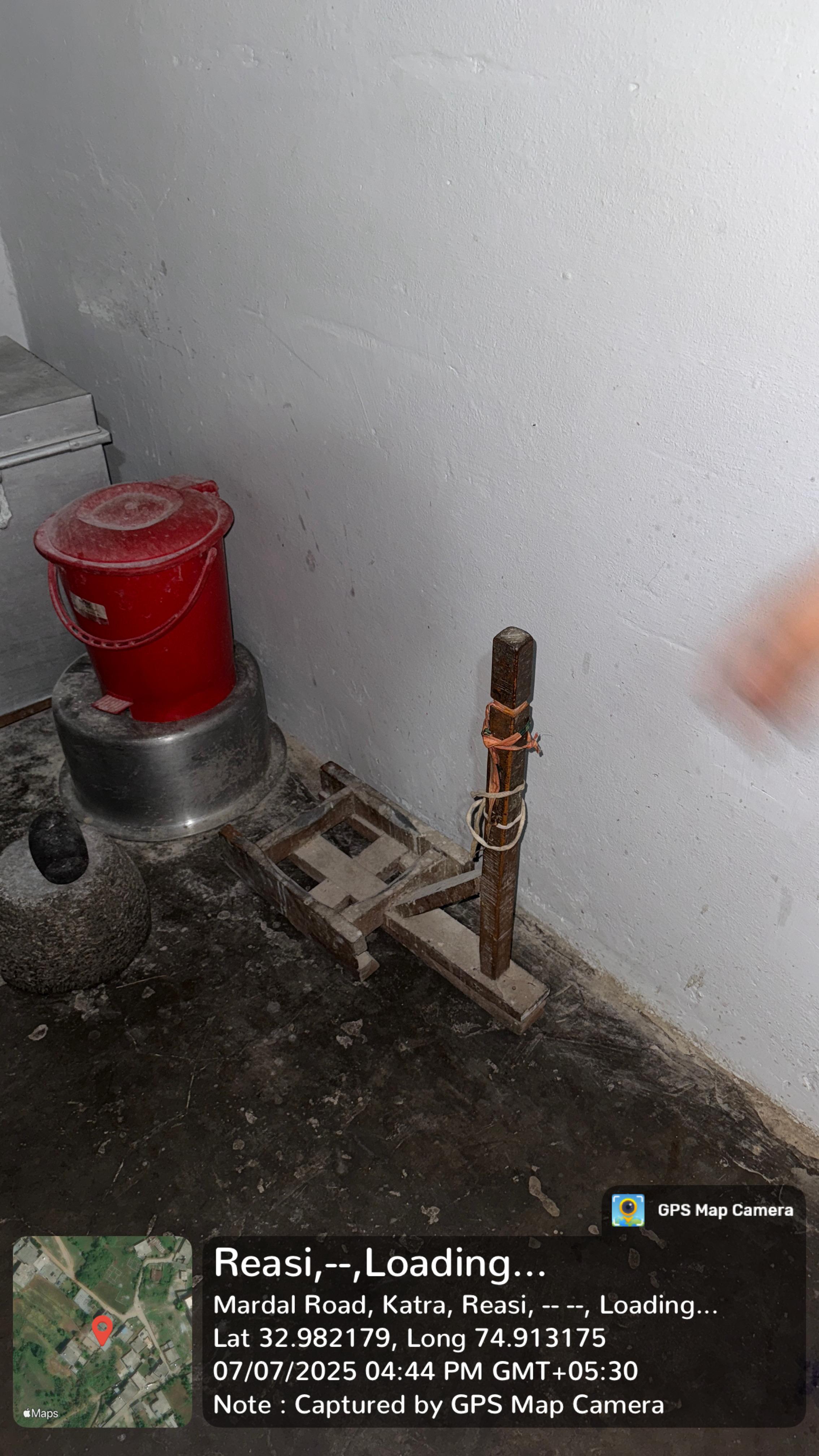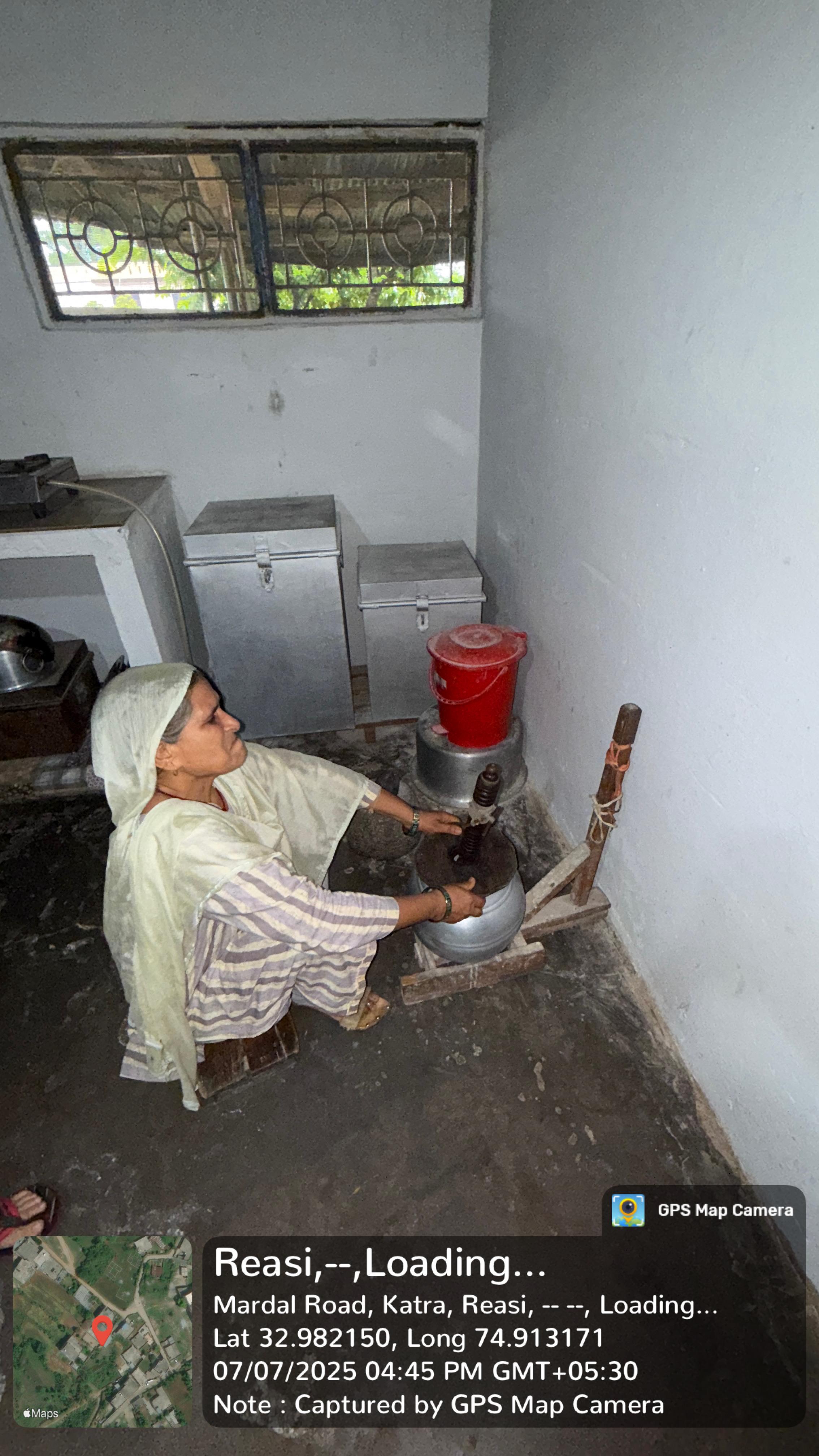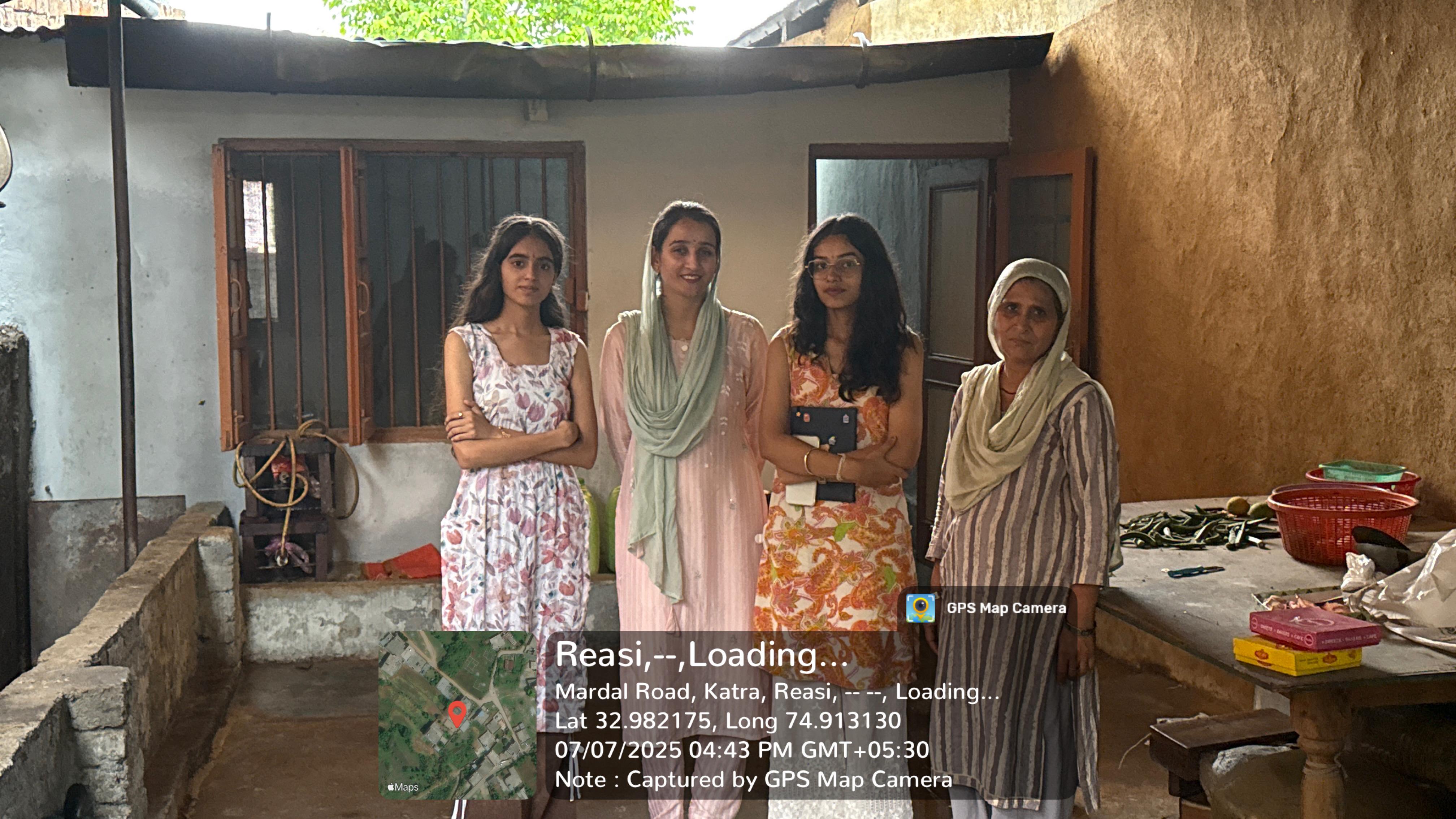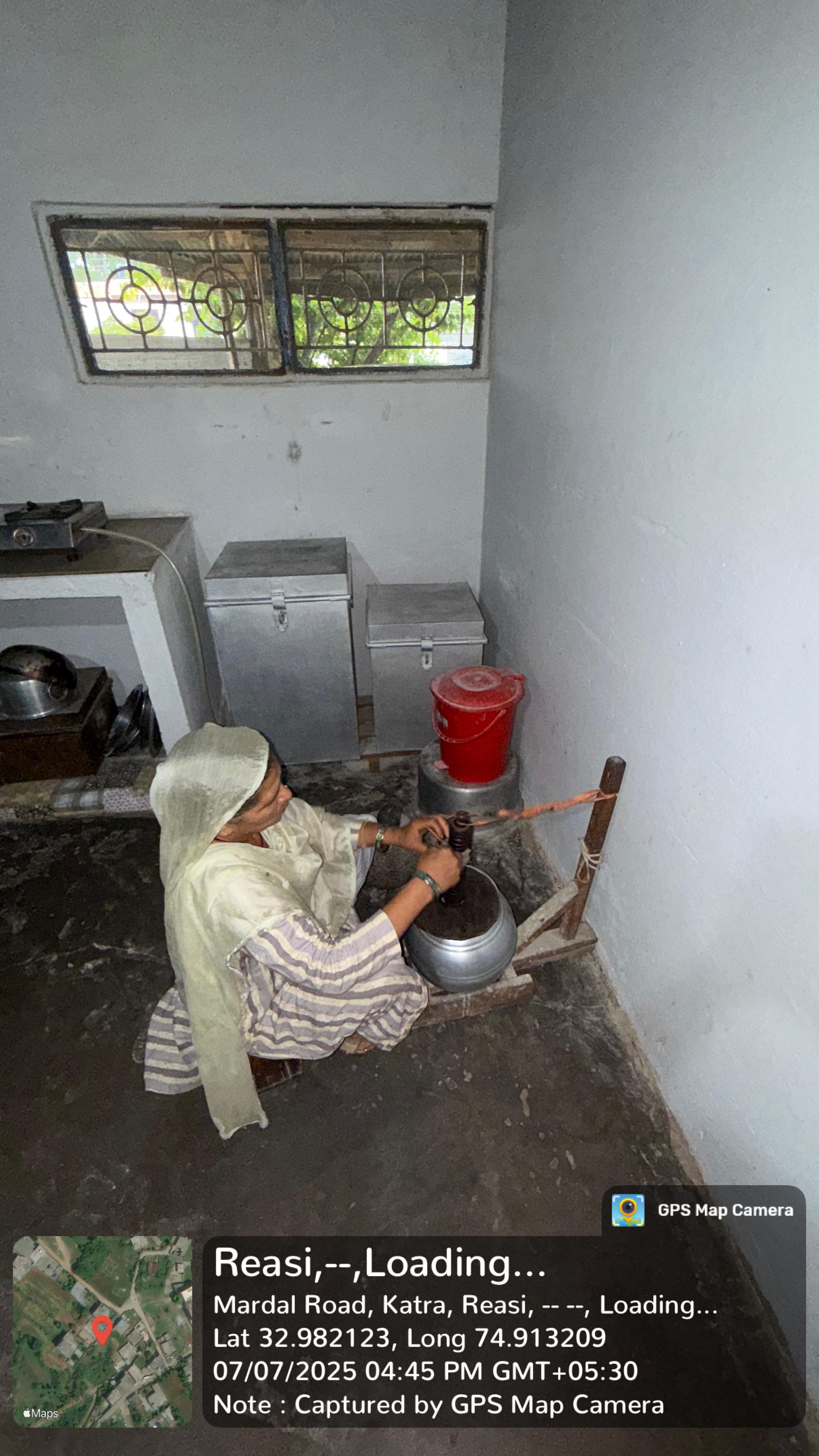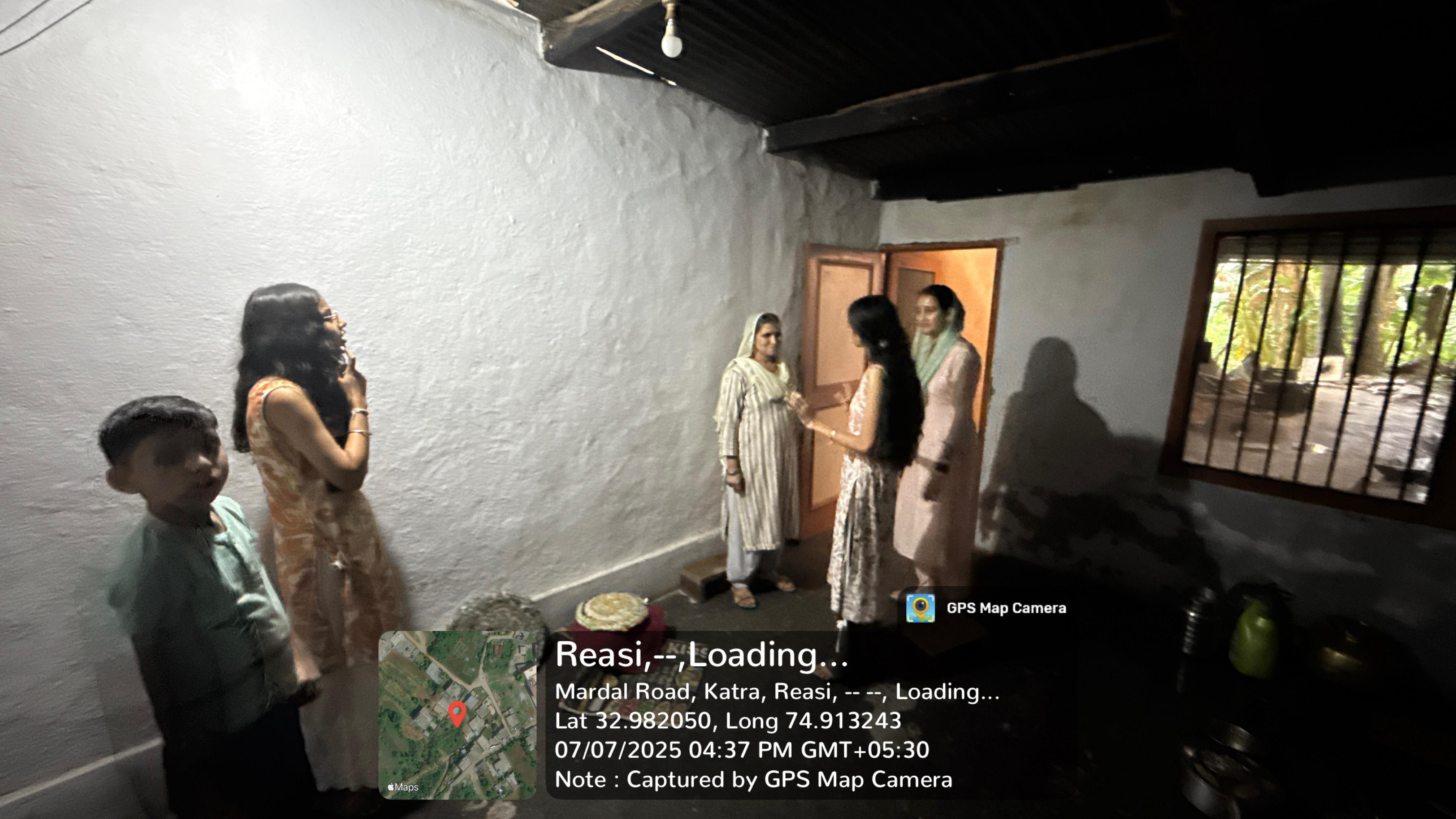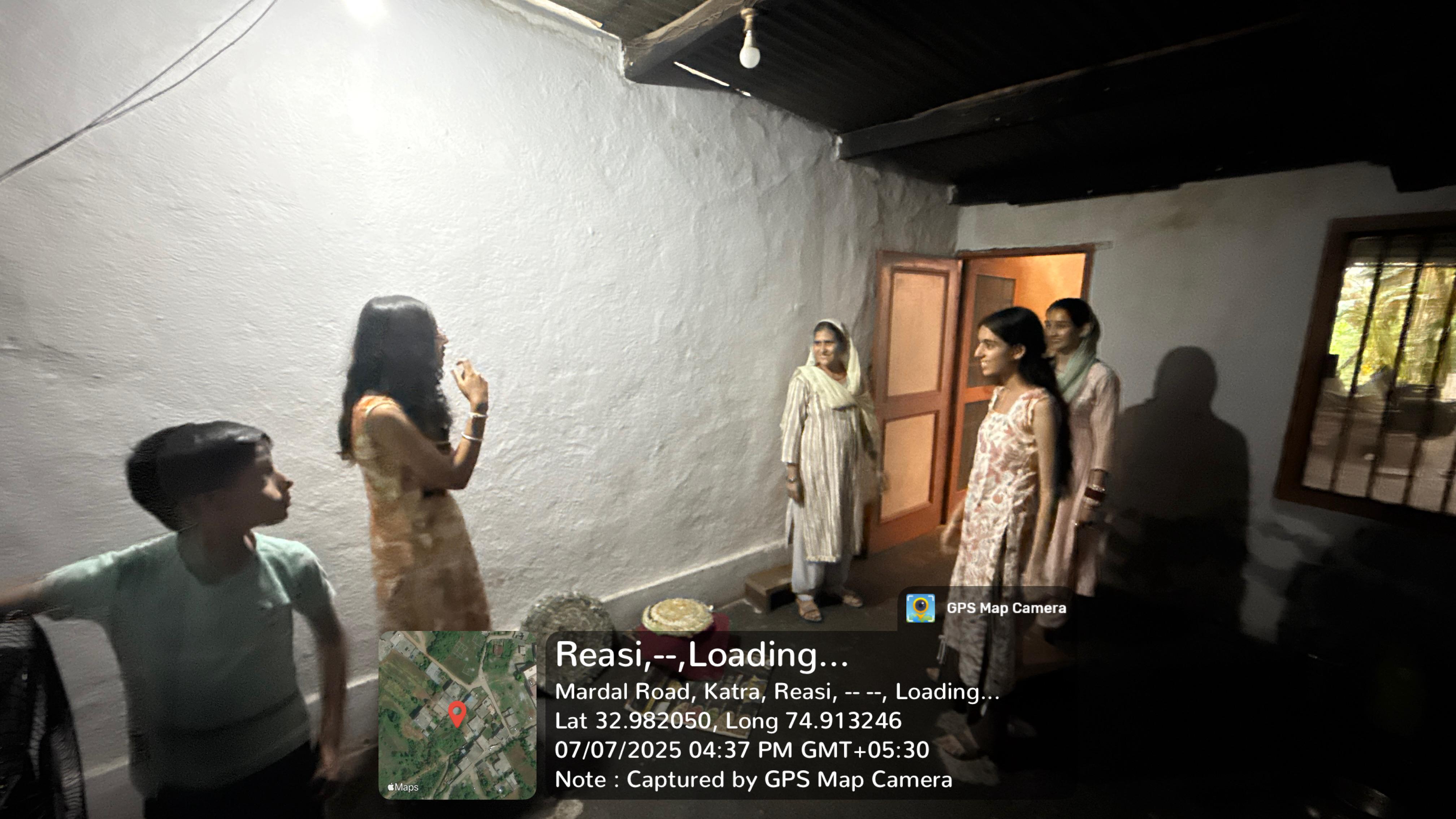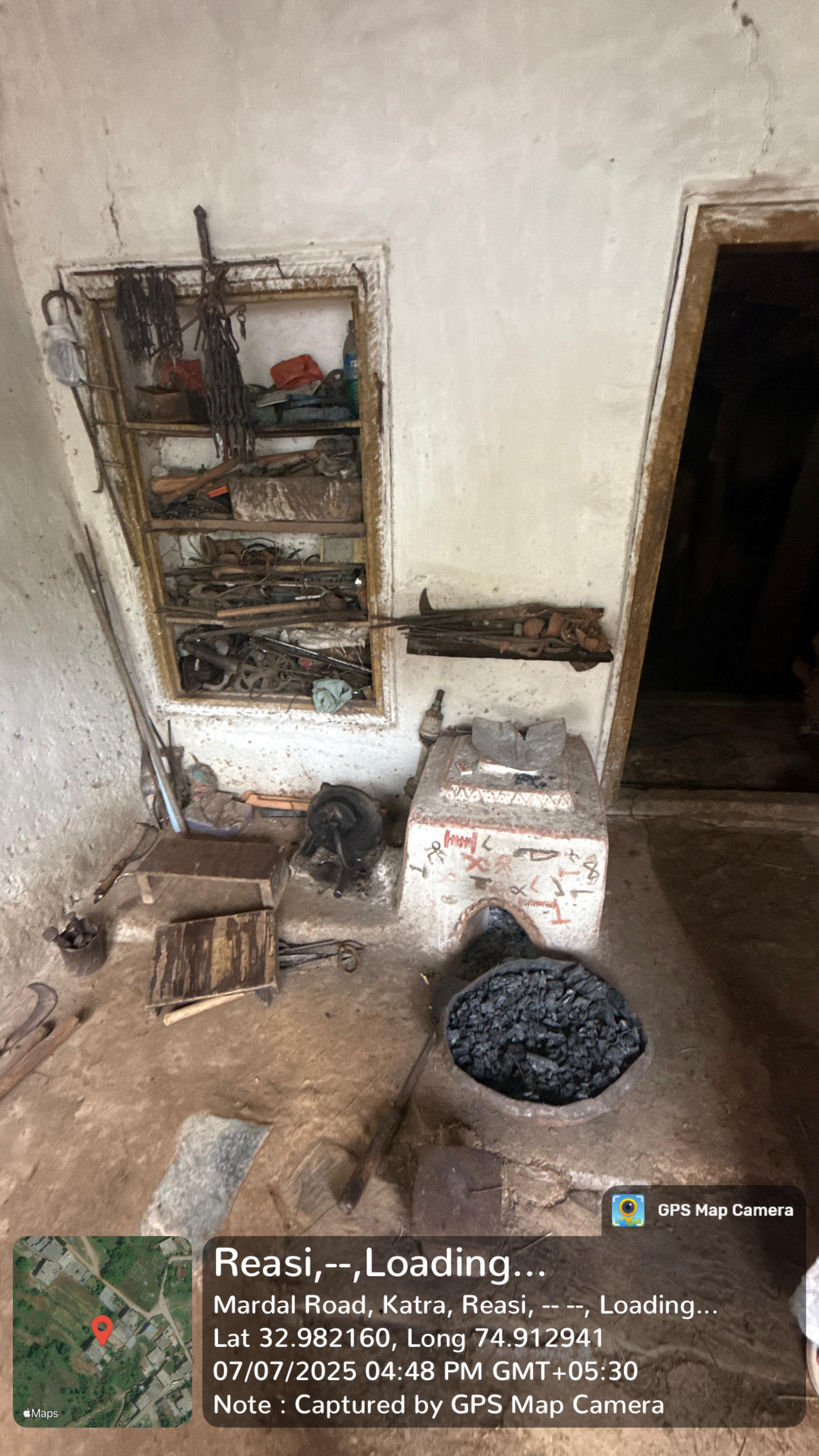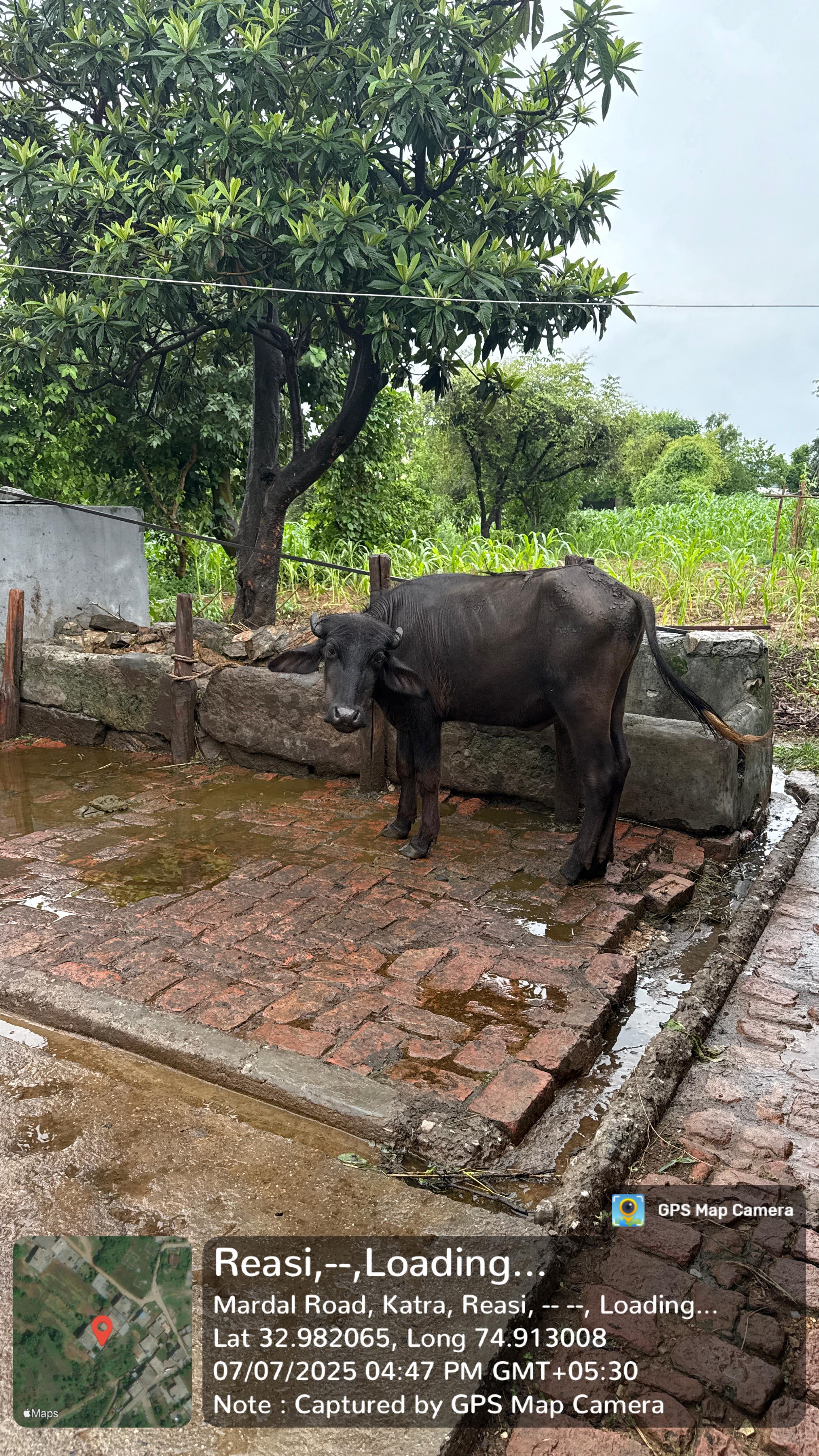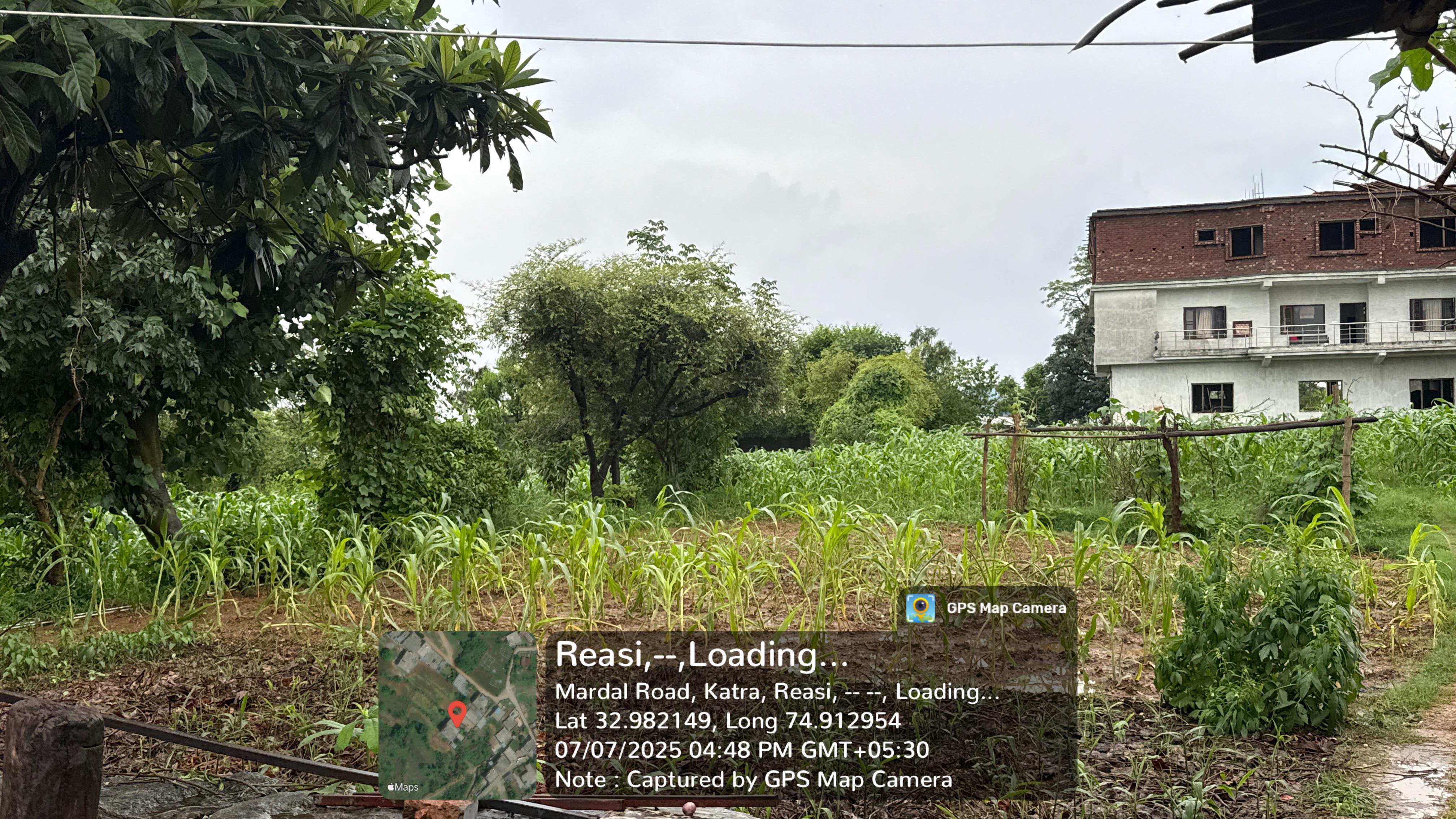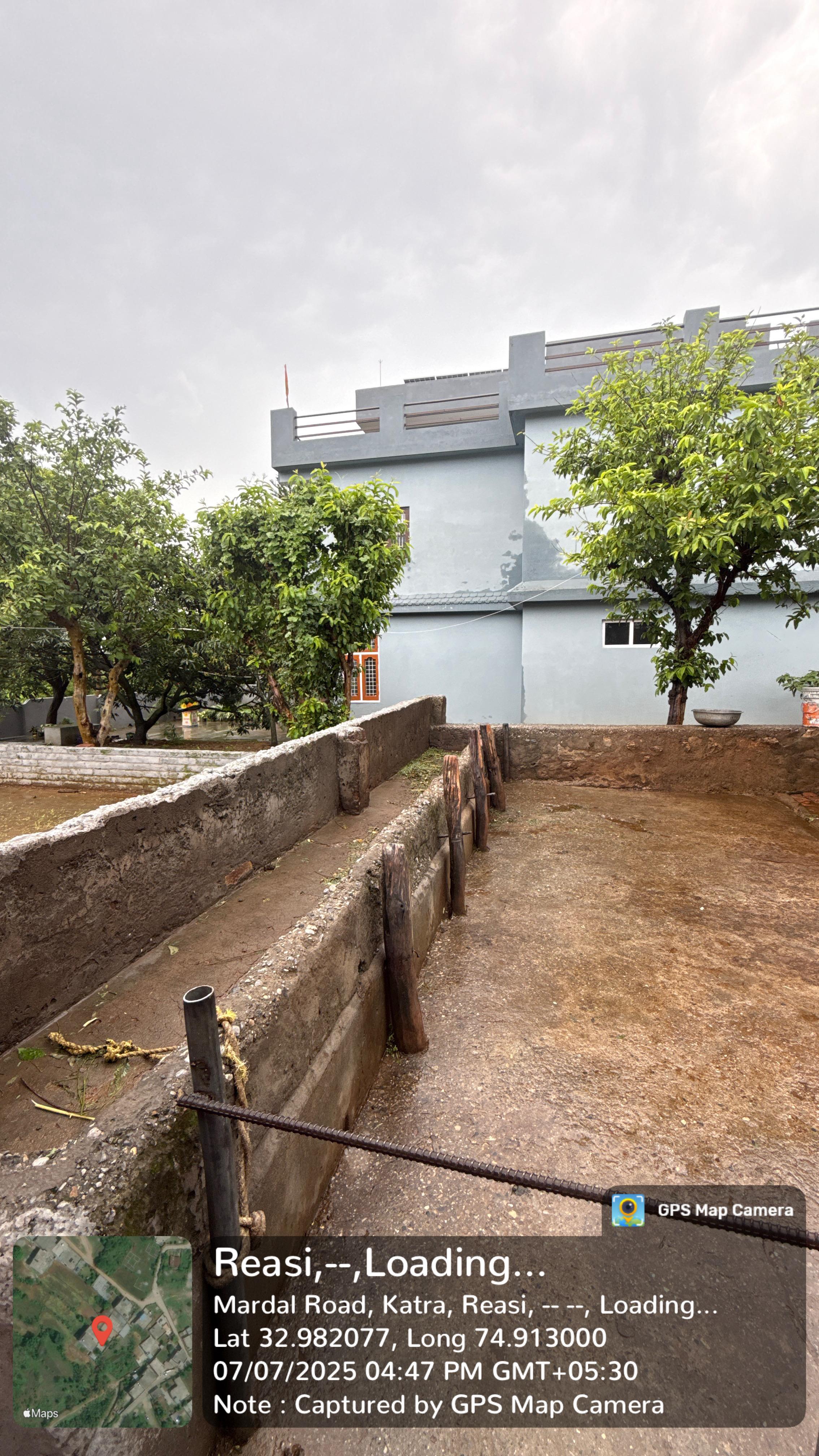Description
Introduction to Kundarorian
Kundarorian is a peri-urban village situated near the town of Katra in the Reasi district of Jammu and Kashmir. Nestled along link roads, this village is characterized by clusters of households surrounded by farmland and small shops. The daily rhythm of life in Kundarorian is deeply connected to both traditional agricultural practices and newer temple-linked occupations that have emerged due to the village’s proximity to the revered Vaishno Devi shrine. With its unique blend of rural culture and religious tourism-driven livelihood, Kundarorian is a testament to evolving village dynamics in modern India.
Life in Kundarorian combines the familiarity of farming with aspirations tied to service-sector opportunities. As villagers engage in cultivating seasonal crops and flowers, others seek employment in nearby towns such as Katra, Reasi, or even Jammu. The interplay of agriculture, local trades, and shrine-based commerce shapes the village’s identity, giving it a distinctive socio-economic flavor that continues to adapt with changing times.
Social Structure and Community Dynamics
Kundarorian is predominantly inhabited by Rajput families, alongside a presence of Scheduled Caste (SC) households. While caste identities remain part of social interactions, the day-to-day functioning of the village is marked by cooperation and mutual respect across communities. Elders play a significant role in maintaining these social norms, often mediating decisions involving family, land, or local disputes.
Gender roles in Kundarorian follow a traditional structure, with men typically managing outdoor work like farming, trade, and transport, while women focus on domestic responsibilities and livestock care. However, women also contribute actively to seasonal farm tasks and are increasingly participating in Self-Help Groups (SHGs), school committees, and Anganwadi management. This engagement reflects a subtle shift toward greater inclusion in community decision-making.
Family networks in Kundarorian are strong and rooted. Extended families often reside in close proximity, and important life decisions, such as marriage arrangements or property matters, are generally discussed within the broader family circle. Youth are encouraged to pursue education and jobs beyond the village, often commuting to nearby towns for higher studies and employment.
Livelihoods and Local Economy
Agriculture remains the primary livelihood in Kundarorian, with villagers cultivating seasonal grains, vegetables, and flowers, especially marigolds and roses used as offerings at the Vaishno Devi shrine. Cattle rearing is also widespread, providing milk, dung for manure, and even dung cakes as a source of fuel. These interconnected activities help sustain self-reliant lifestyles.
Many residents possess traditional skills such as carpentry, blacksmithing, tailoring, and masonry, which supplement their agricultural income. Pottery and handicrafts, though limited in scale, continue to be practiced in a few households, preserving age-old artisanal traditions. Additionally, several villagers are engaged in small businesses, including shopkeeping and transport services, particularly in connection with the influx of shrine visitors.
Kundarorian also demonstrates emerging financial literacy. Youth and shopkeepers make regular use of UPI for transactions, and Jan Dhan bank accounts are common among households—mainly to receive government benefits. The culture of frugality and sustainability is strong, with villagers practicing seed saving, repairing tools, composting kitchen waste, and even bartering labor or produce when needed.
Education and Digital Aspirations
The village offers access to primary and middle schools either within its boundaries or in neighboring areas, while secondary and senior secondary students travel to Katra for further education. This daily commute reflects both the ambition of the village’s youth and the need for improved local schooling facilities.
Adult education and skill-building efforts are modest but growing. Occasional government programs and SHG-led initiatives offer training in areas such as stitching, digital awareness, and livelihood diversification. There is increasing recognition of the importance of digital literacy, with youth volunteering to help elders understand mobile apps and online banking systems.
With the right support, Kundarorian could benefit significantly from targeted education initiatives—especially those introducing technology into schools and Anganwadi centers. A proposed “smart corner” in the school, equipped with a tablet and offline learning content, could bridge the gap between traditional learning and modern educational tools.
Health and Sanitation
Kundarorian is served by a local dispensary and supported by ASHA workers who conduct regular immunization drives and health awareness campaigns. However, for serious medical conditions or emergencies, residents rely on hospitals in Katra or Reasi, necessitating travel and added expense.
Traditional wellness practices such as home remedies and seasonal health camps are part of the village’s health culture. Growing awareness around sanitation and clean drinking water has led to improvements in household hygiene, though the need for better emergency care and specialist services remains a concern.
Water and sanitation infrastructure in the village is mixed. Some households have piped water connections and use storage tanks, while others depend on shared resources. Most homes now have toilets, supported by Swachh Bharat efforts, and solid waste is usually managed through composting or reuse.
Cultural Life and Heritage
The cultural life of Kundarorian is rooted in daily rhythms and seasonal festivities. Early mornings are dedicated to farm work, while evenings often see community gatherings where villagers share news, exchange ideas, or simply relax. Respect for elders and hospitality toward guests are deeply ingrained values.
Major Hindu festivals such as Navratri are widely celebrated, often featuring family-based satsangs and simple temple rituals. Though large-scale public events are rare, small religious and cultural gatherings bring residents together. The spiritual connection to nearby Katra enhances the village’s devotional spirit.
Traditional foods such as rajma-chawal, sarson da saag with makki di roti, and malpua are popular in households, especially during festivals. Lassi is a summer staple, and local attire remains largely traditional—men wear shirts with pyjamas or trousers, while women don salwar suits or sarees.
Infrastructure and Connectivity
Kundarorian faces significant challenges in terms of transportation. While it is located close to Katra, patchy road conditions and limited public transport make travel difficult. Most residents rely on shared rides or private vehicles for commuting to markets, schools, or hospitals.
Electricity supply is generally stable but subject to routine power cuts. Mobile network coverage is fair, with 4G access available outdoors, though indoor signal strength can be inconsistent. Despite these issues, villagers have increasingly adopted digital tools for communication, payments, and accessing government services.
Water availability has improved through the Jal Jeevan Mission, but coverage is not universal. Toilets are now present in most households, and composting practices help reduce environmental waste. However, plastic litter and a lack of systematic waste disposal are growing concerns.
Governance, Institutions, and Development Programs
Kundarorian is governed by a Gram Panchayat and is supported by formal institutions such as a government school, Anganwadi center, Public Distribution System (PDS) shop, and a health sub-center. These services form the backbone of public welfare in the village.
While Gram Sabha meetings and committee gatherings are organized, attendance and participation vary. Villagers are aware of several government schemes, including PMAY-G (housing), MGNREGA (wage employment), Swachh Bharat (sanitation), Ujjwala (LPG), Ayushman Bharat (health insurance), and PM-Kisan (farming support). However, assistance is often needed in navigating application processes.
In response to these needs, there are proposals to start a scheme help desk at the Panchayat office, supported by youth volunteers, to assist residents with form-filling, documentation, and understanding eligibility criteria.
Community Spirit, Challenges, and Innovations
Community life in Kundarorian is vibrant and participatory. Informal sports like cricket, kho-kho, and volleyball are played in open fields and school grounds, with evening matches drawing youth from across the village. Mobile phones and TVs are common entertainment tools, while visits to Katra serve as social and recreational outings.
Key challenges include poor road infrastructure, weak public transport options, and limited access to emergency healthcare. Power fluctuations and patchy digital connectivity add to everyday frustrations, while awareness about online services remains uneven across age groups.
However, the village also shows potential for low-cost, high-impact innovations. Proposed pilots include a community-owned e-rickshaw shuttle to Katra, digital literacy camps led by SHG/youth groups, a composting hub for kitchen waste, and a smart education corner in the local school. These ideas align with the village’s strengths and aspirations.
Conclusion: The Road Ahead for Kundarorian
Kundarorian represents a compelling blend of tradition and transition. Its residents are rooted in farming and cultural values, yet open to new ideas that can improve their livelihoods. Flower cultivation for the Vaishno Devi shrine, small trades, and digital practices are already reshaping economic opportunities.
If the village can address its most pressing challenge—connectivity—and expand access to education, health services, and digital tools, it can chart a path toward inclusive and sustainable development. With modest investment and strong community participation, Kundarorian has the potential to serve as a model for similar peri-urban villages across Jammu and Kashmir.
Photos
Location Map
Contact Information
| Address |
Kun Daroorian Reasi, Jammu and Kashmir, India |
| Phone Number |
9682629350 |
| Email Address | |
| Website | https://jkpanchayat.jk.gov.in/homeview.php?panchayat=Kundarorian&block=Katra# |

